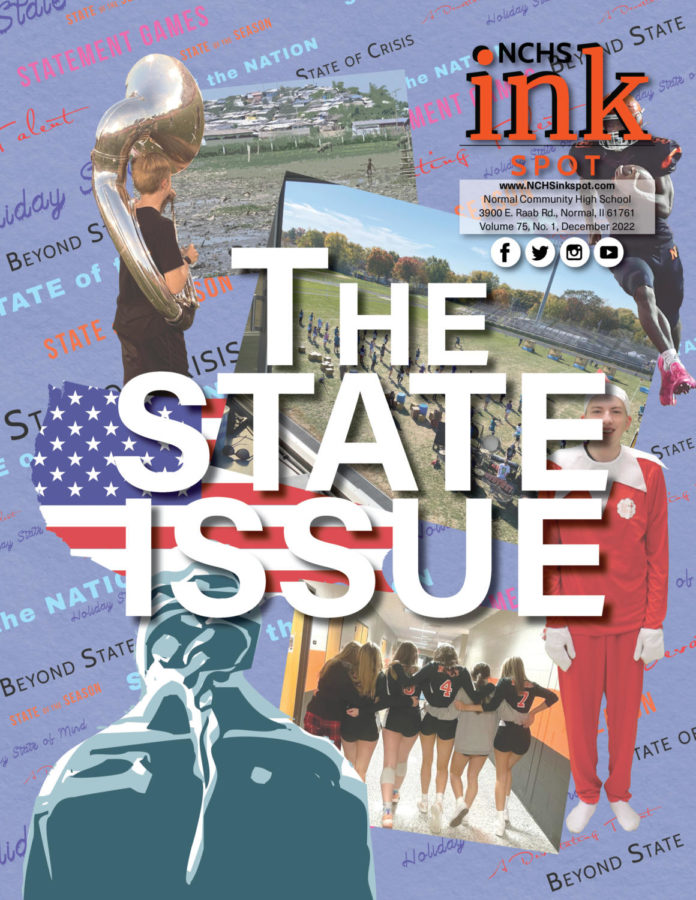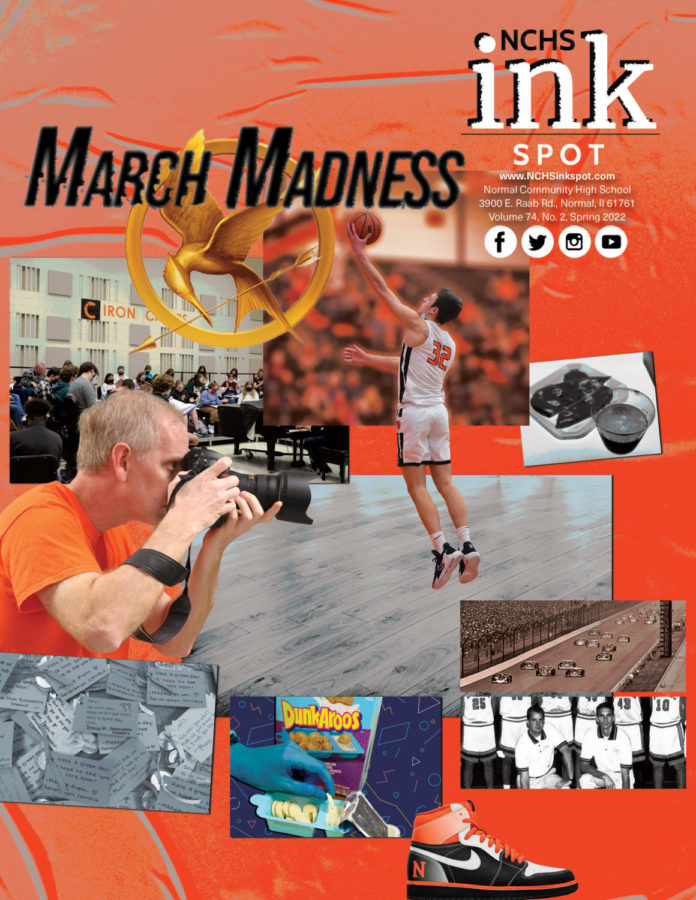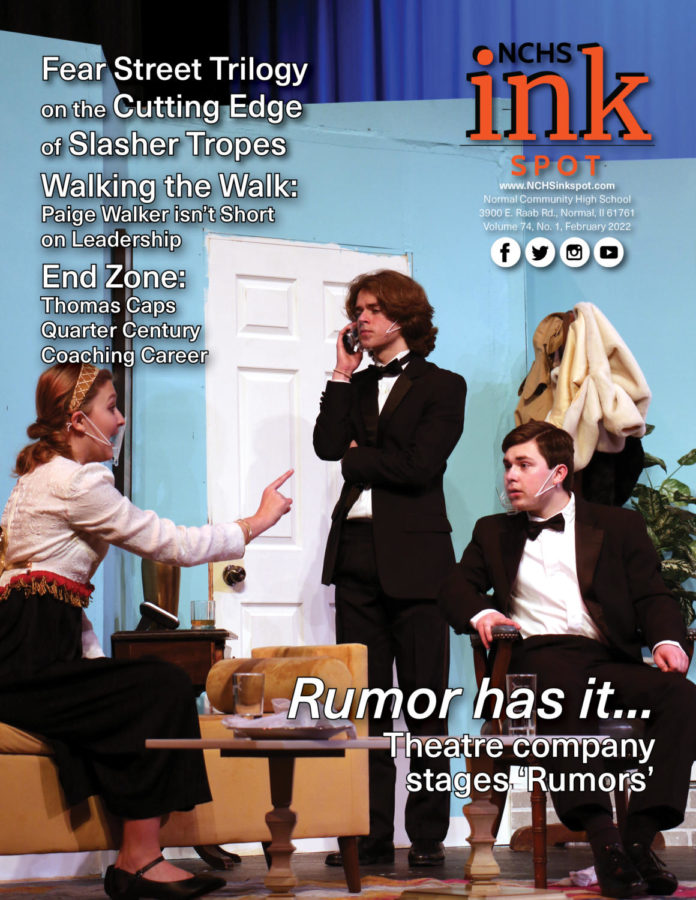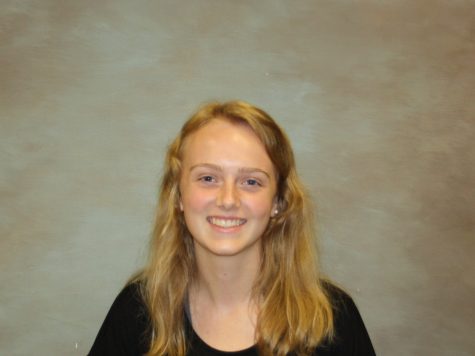She wipes the sweat off her face and then dusts off her shoes. The burning sensation in her lungs reminds her it’s the fourth quarter and she is exhausted, but her ankle is strong.
Her legs are worn out, they could cave under her weight at any moment now, but her ankle is strong.
She is deaf to the crowd’s rowdy hoots and hollers, but her ankle is strong.
Standing behind every athlete whether they are a star, a sub, or a benchwarmer are the Normal Community High School athletic trainers, always working just as hard as the athlete, doing everything possible to get them back to their game.
She looks over at the school’s trainer, always there, always standing by the team’s bench.
The trainers at NCHS are embedded into the school. For every injured athlete back in the game there is a trainer working with and cheering them on behind the scenes. For every student in the stands overcome with pride of their winning team, the trainers are involved making sure the team is hydrated, safe, healthy, and ready to win.
They arrive at the school before the game begins, hauling gallons of water out to the courts, the fields, the mats. They tape smelly feet and touch sweaty backs. They attend every home game, meet, and match. They are there for every after school practice no matter how long it lasts. Ready to jump into action at a second’s notice. Never once given the privilege to take a minute off.
To them it is more than a job, “It’s like it’s my school,” Jackie Lampert, who is in her 19th year as Head Athletic Trainer at NCHS, said.
When she first took the job at NCHS she never expected to love the school so much. She always knew she wanted to work as a trainer at the highschool level because they “appreciate you more.” With the pros they are playing for the money and few athletes are able to make it the college level, but with high schoolers “they just play for the sport.”
Jackie has such a passion for her job at NCHS that if she ever were to move she wouldn’t want to continue working as a trainer anywhere else.
The dedication the trainers give to their athletes is outstanding. Andrea Kovalsky, sixth-year trainer spends six days a week at the school coming in before the games to tape athletes, staying during the sporting event; always scanning, always watching, constantly on the lookout for injuries to occur. And then, staying after the game to make sure everything’s good, everything’s right. “The time commitment [of the job] can be challenging, but it’s just part of being an athletic trainer,” Andrea said. “I’ve had to cut family time short,” but “I feel I have gotten better at balancing work and family.” Sometimes finding the balance is as simple as taking time off work around the holidays and saying, “call me if you need me” or even just inviting family to come and stay with her for a little bit, but whatever it is, finding a balance is key to staying fresh and in love with the job.
For Andrea she is working her dream job. She loves experiencing all the athletes’ different personalities while having a key role in their recovery. However, she still wants to do more. Andrea would like to become a full-time in-house trainer at NCHS, and while the athletes are in school she would be working on new ideas for prevention programs and better rehab techniques. One idea Andrea would like to carry out, is to work with PE teachers to help prevent injuries that are occurring during the school day.
On top of Andrea’s dedication to doing everything right by NCHS athletes, she has had to embrace her creative side. NCHS doesn’t offer as much money and resources in the athletic department as some other schools, so that has forced Andrea to become more creative with what their department has. If NCHS doesn’t have the proper equipment needed to do a certain rehab technique she enjoys “stretching her thought muscle,” in order to figure out how she’s going to get around the roadblock to provide the best care and treatment for her athlete.
Injuries can happen at any time and by being a trainer you are walking into a field of uncertainty, never knowing what kinds of injuries or how many injuries you are going to face that day. The best way to handle this type of uncertainty is “plan for the worst, hope for the best,” Henry Mercier, the second-year trainer said. His theory has been put to the test in multiple moments. In Henry’s time as an athletic trainer, he has had to hold someone’s cervical spine (neck) in place until an emergency crew arrived. Another time he has had to hold a dislocated elbow in place to keep it from slicing through an artery or nerve, where the only thoughts running through his head were, “don’t stop holding the elbow” and make sure the athlete is as comfortable as possible.
Henry a former athlete himself, choose to work at the high school level because he enjoys the diversity of athletes trainers get to see in a day, opposed to a collegiate setting where you may only get to work with a specific group of athletes. However, working at a high school poses a problem. It’s hard “to get adequate treatment
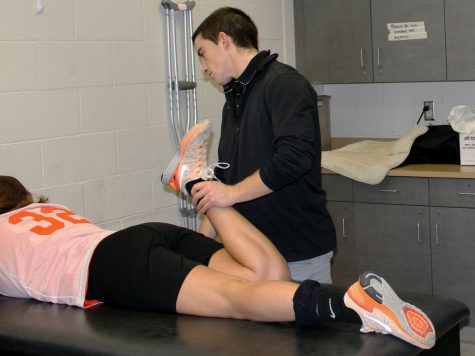
time [for the athletes],” Henry said. There is so little time before the practice to fully give the treatment the athletes need, because their are only three trainers, but then maybe twenty athletes who need assistance. And then, there is even less time after practice because athletes want to get home to the piles of homework awaiting them. However, “the motivation that I know I am working towards getting athletes back to the best possible version of themselves,” is what helps Henry get through the tough and sometimes frustrating situations.
But being a trainer isn’t only hands on work, NCHS trainers also work side by side with coaches and other school’s trainers, communicating to make sure the athletes are receiving the best care and attention they need. Before the games the trainers come up with a game plan of their own. They brief the coaches and the other trainers about emergency plans and procedures and make sure everyone is aware of the location of life saving devices, such as the AED.
The chants “you can do it” and “I know you can do better” are phrase the trainers know well because they are also responsible for motivating and inspiring the athletes to get better. One of the best parts of the job is “working step by step with athletes,” Andrea said. Sometimes the process may be slow but that is never a reason to give up, “there is always a solution.”
Dishon Hallii, injured with a concussion is a testament to the trainer’s work. They gave him exercises to do that were individualized to his injury and himself. “They help you get through everything,” and “just make sure you’re good,” he said.
However, in some cases there are times when athletes, “can’t go back, they can’t play anymore,” said Jackie and that’s the hardest part of the job, having to tell a senior they’re done. They can’t play anymore.
Yet, threw the tough situations and the seemly endless hours the trainer have to work, at the end of the day “we thrive off each other,” Henry said. Having three trainers helps share the responsibilities and the weight of the work. The days can be long and the injuries can seem continual but “we really cheer each other up,” Andrea said.
She looks over at the school’s athletic trainer, always there, always standing by the team’s bench. Always alert and ready for any situation that may need his assistance. The trainer gives her an encouraging nod. He knows her goals just as well and she does. He has been on her team since the day she broke her ankle in that old dusty gym. He had put in hours of stretching, of rehabilitation work, of constant icing and exercises all to get her back on the court. Alway positive and always encouraging.
With the ball in hand she bursts past her defender vainly attempting to score two-points. Steadily and strongly she raises the ball to score, her efforts are applauded by her defender with a slap on the wrist. A high pitched whistle screeches. Her stomach tightens as she walks up to the free throw line, her ankle strong.

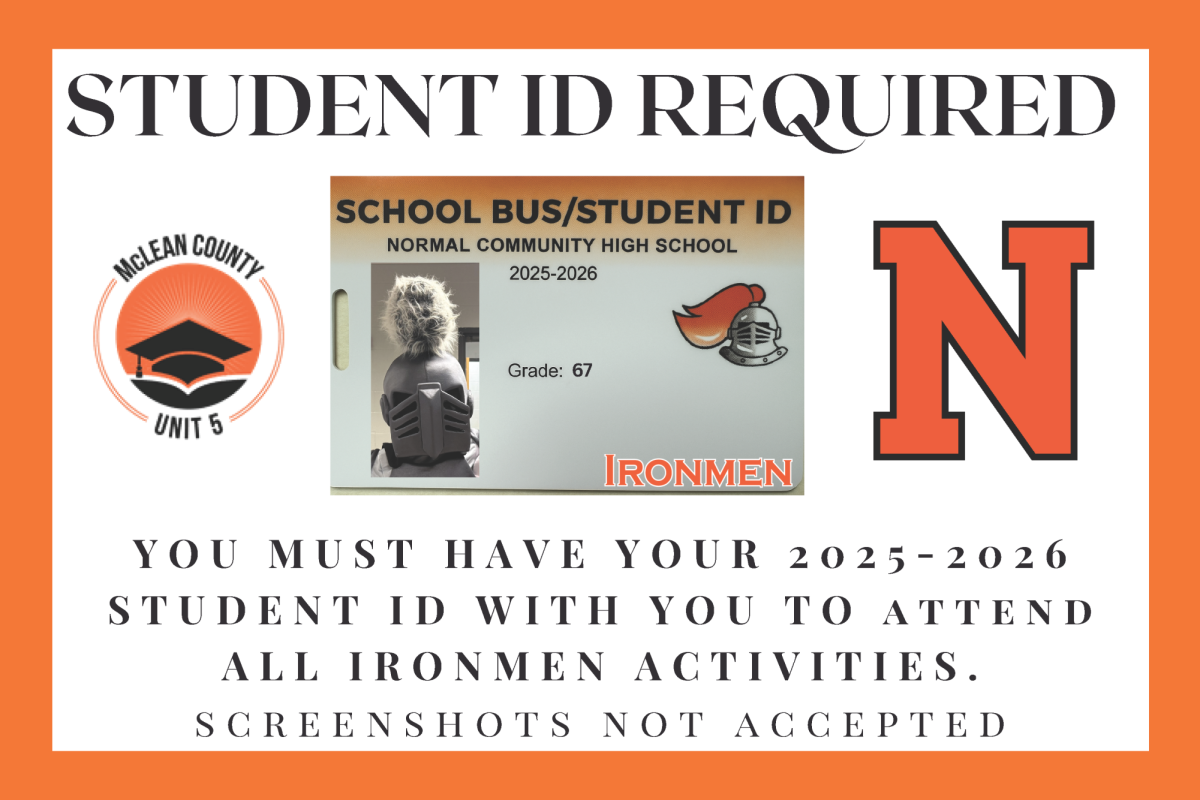
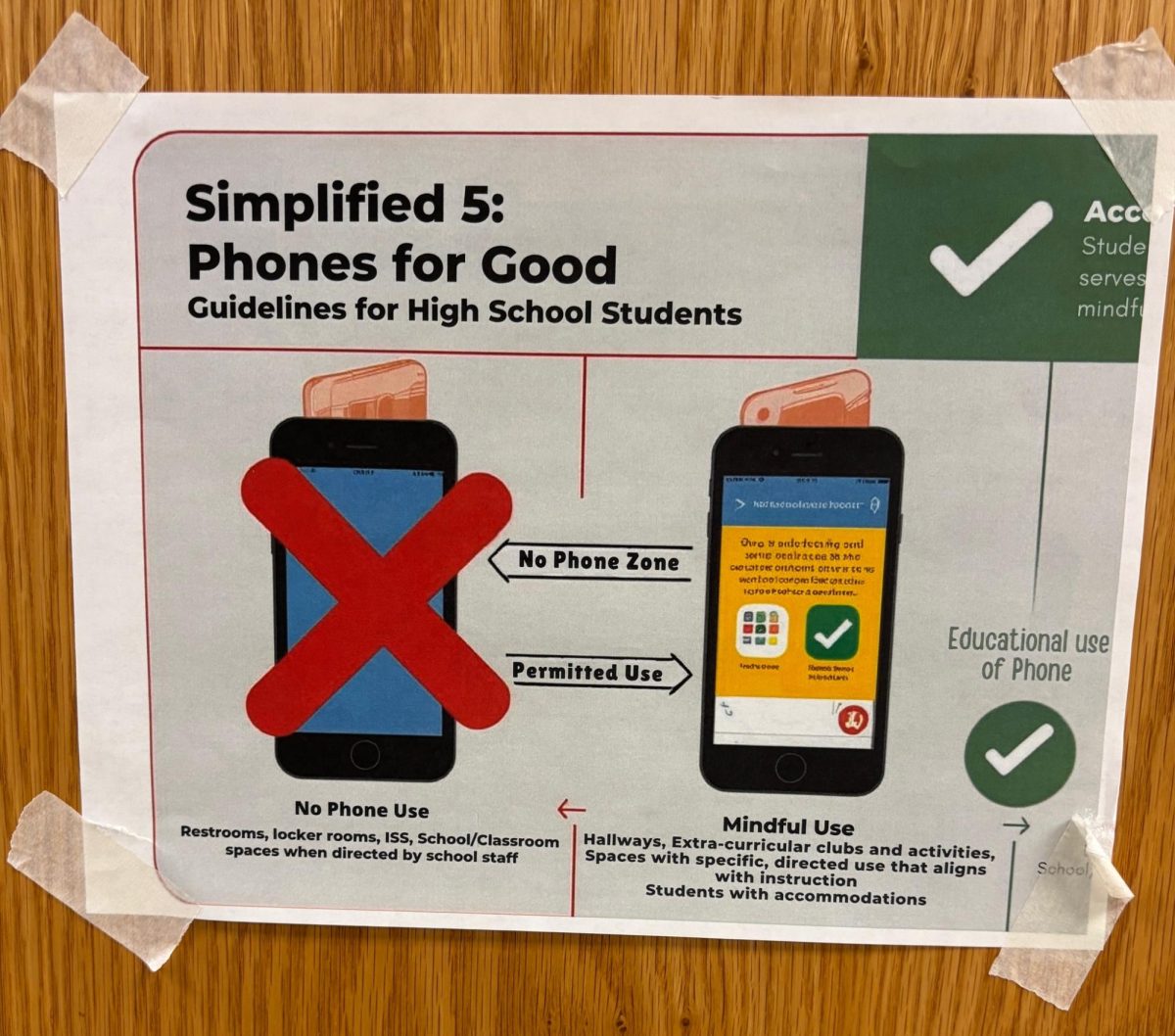
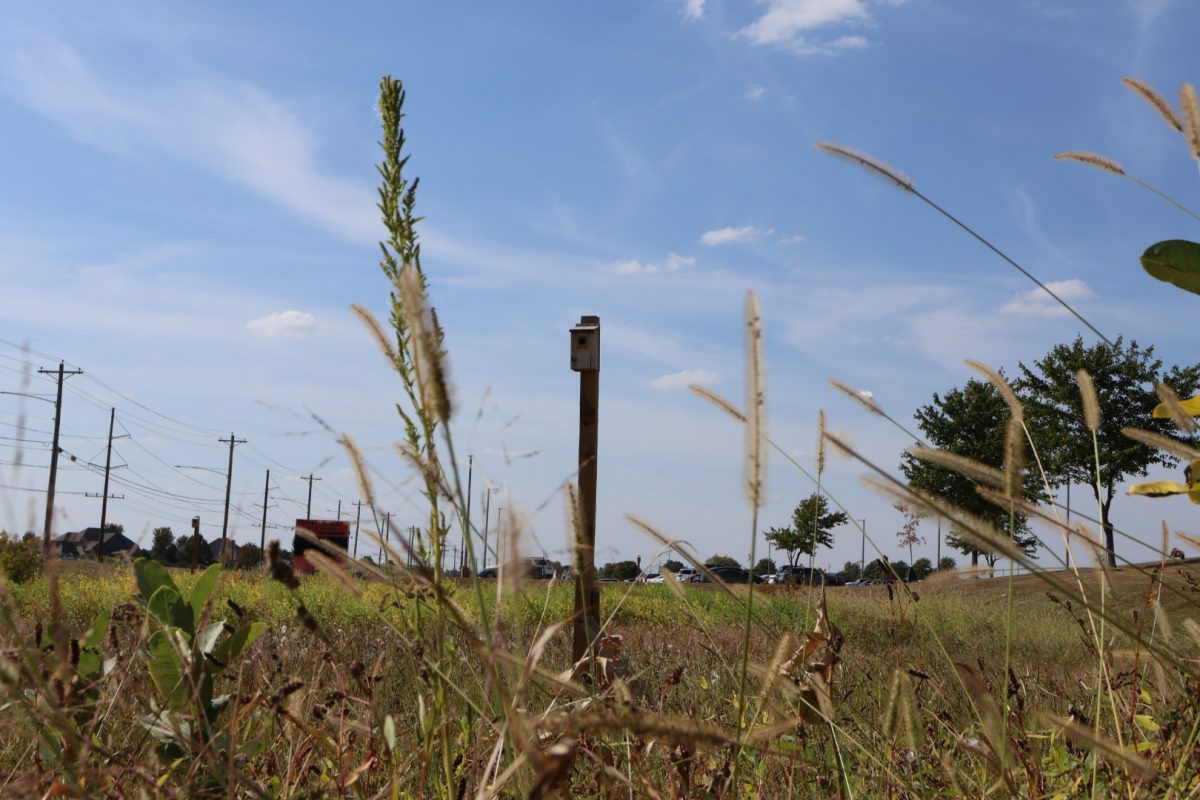
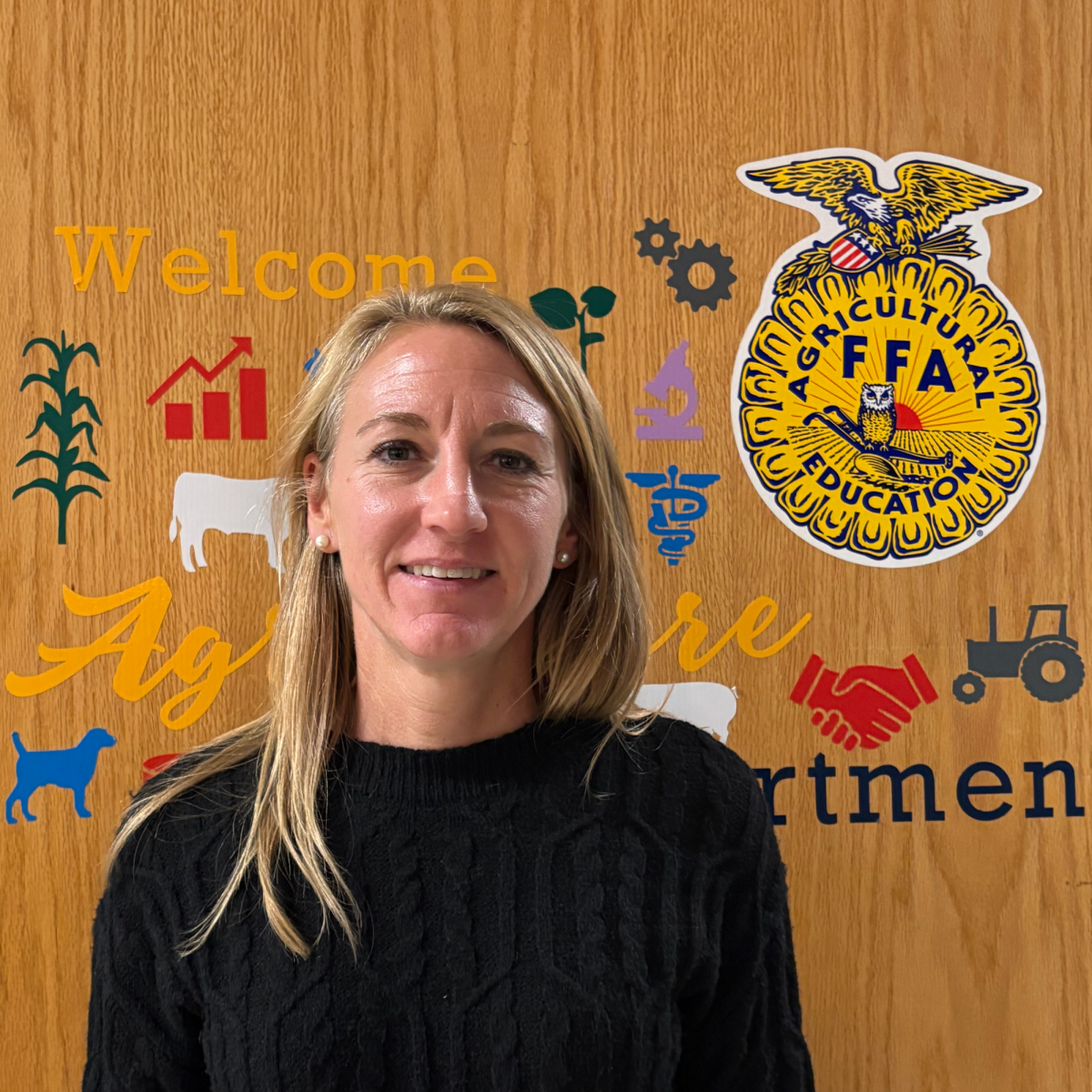
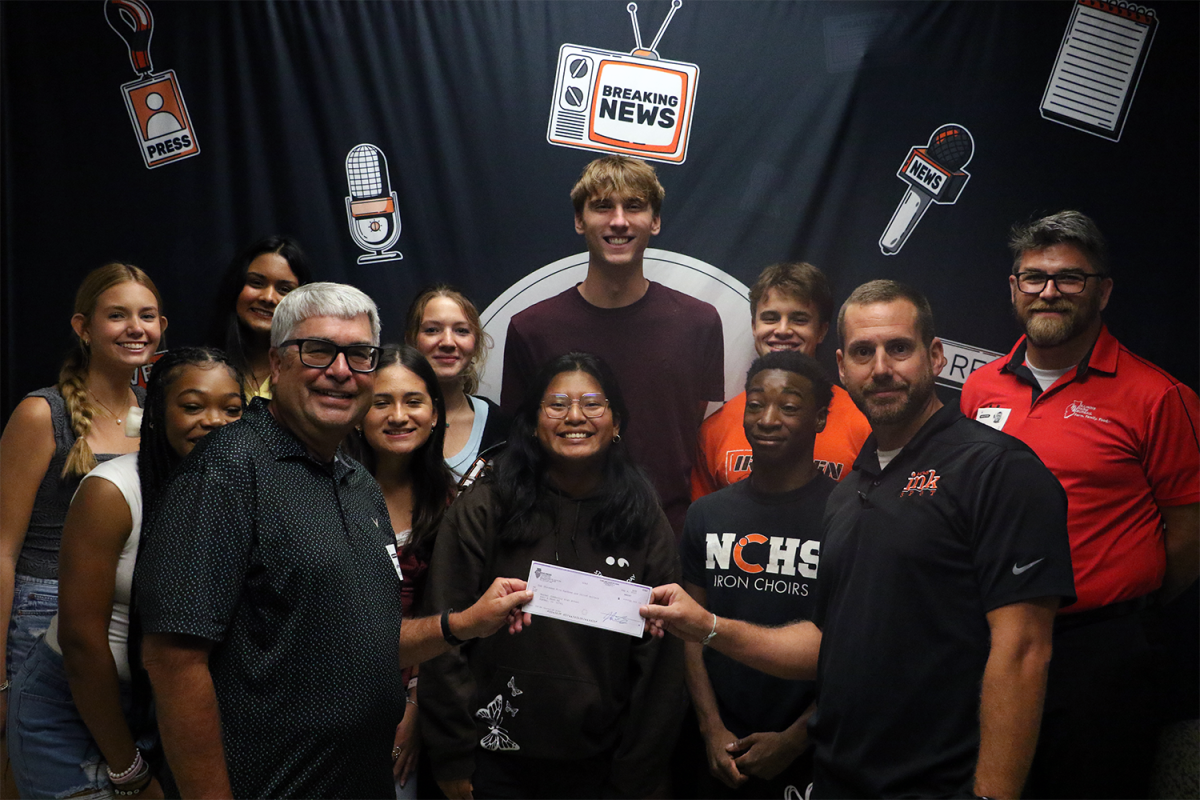



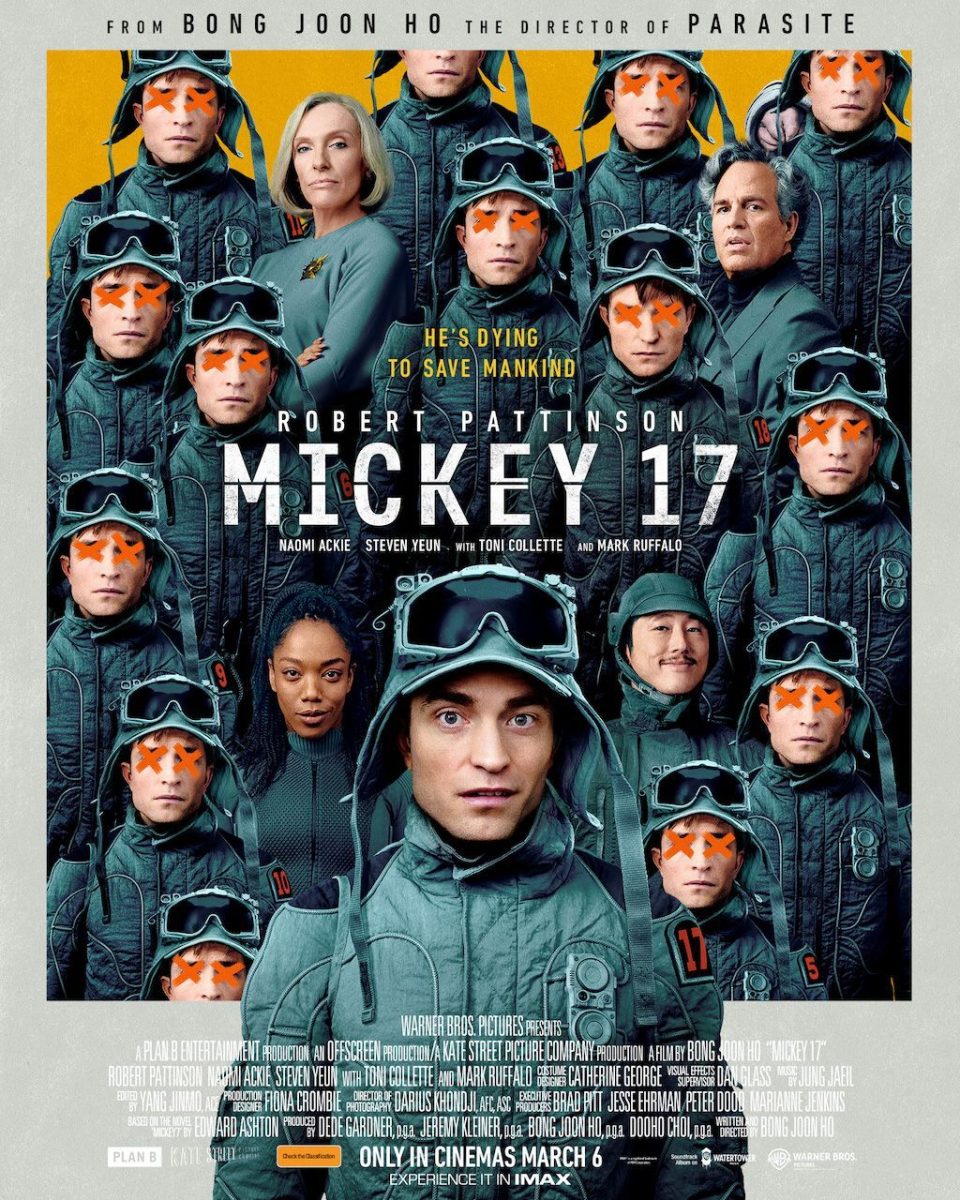


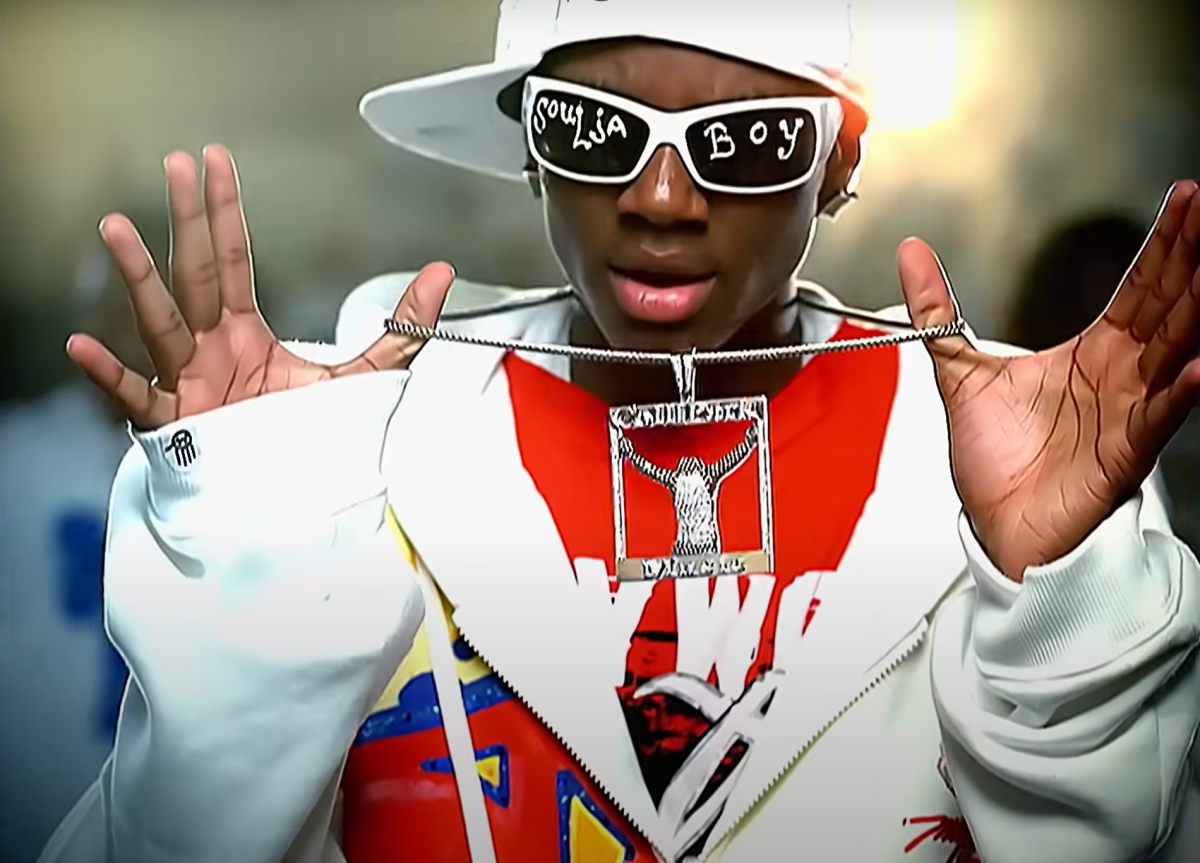
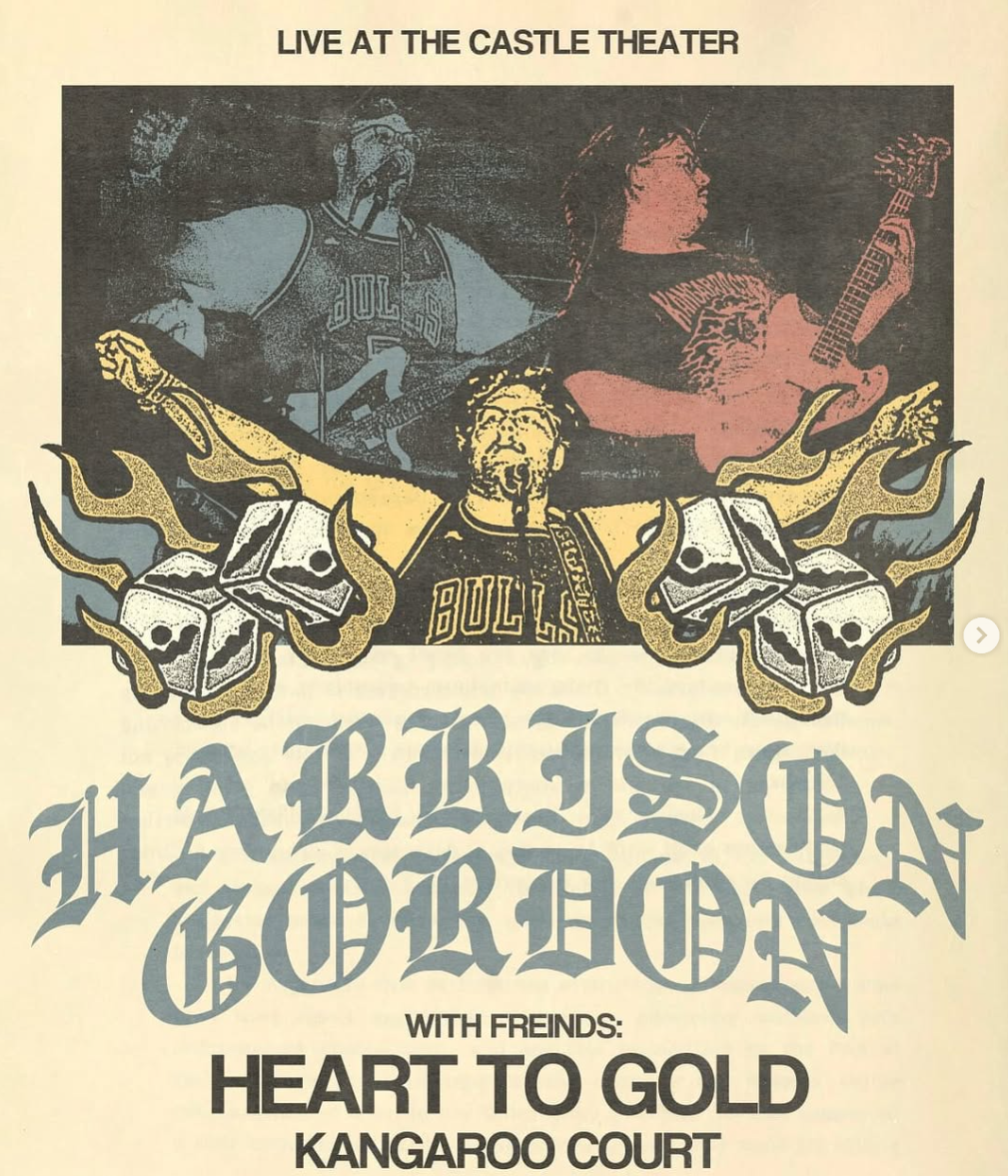
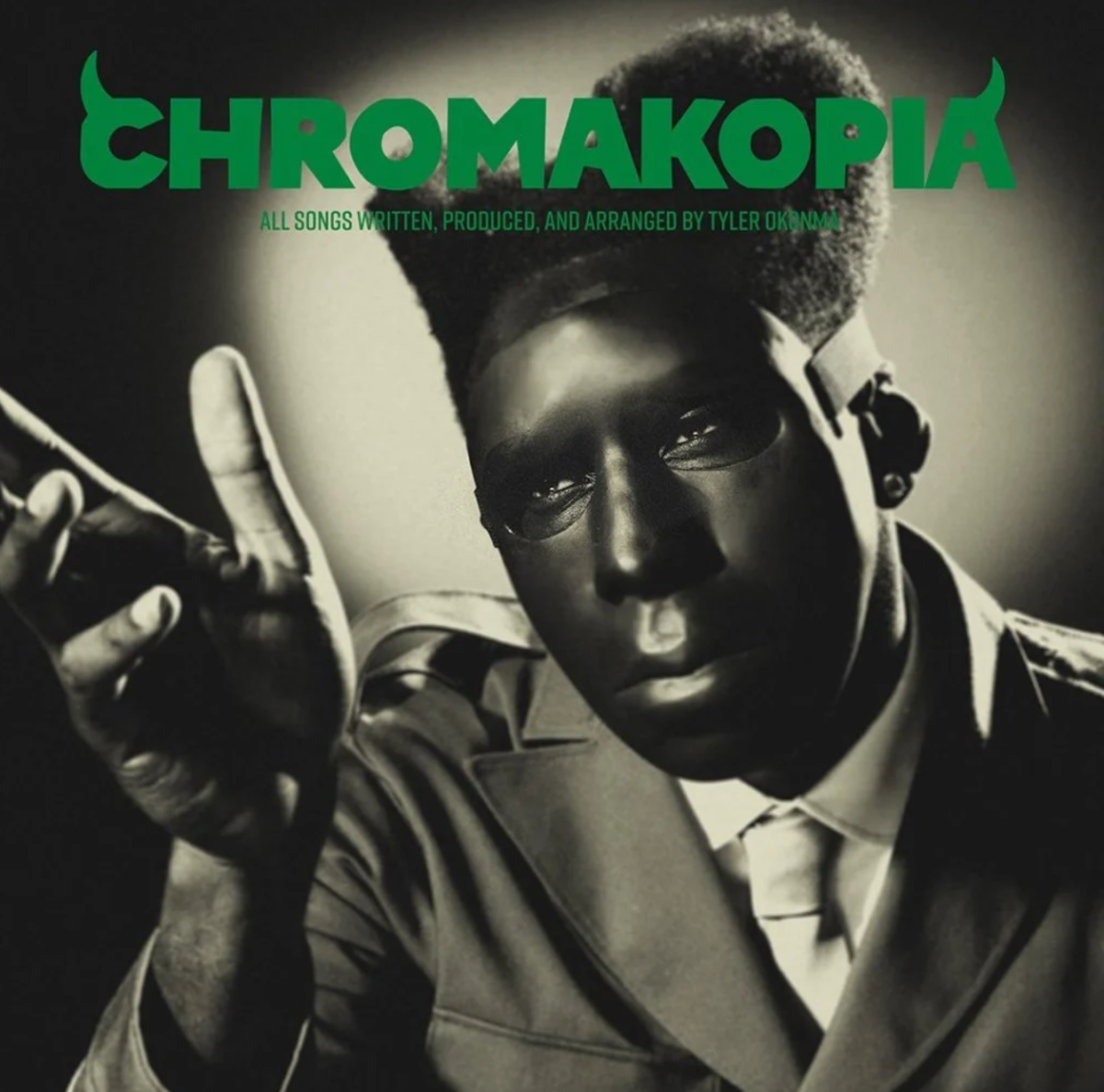
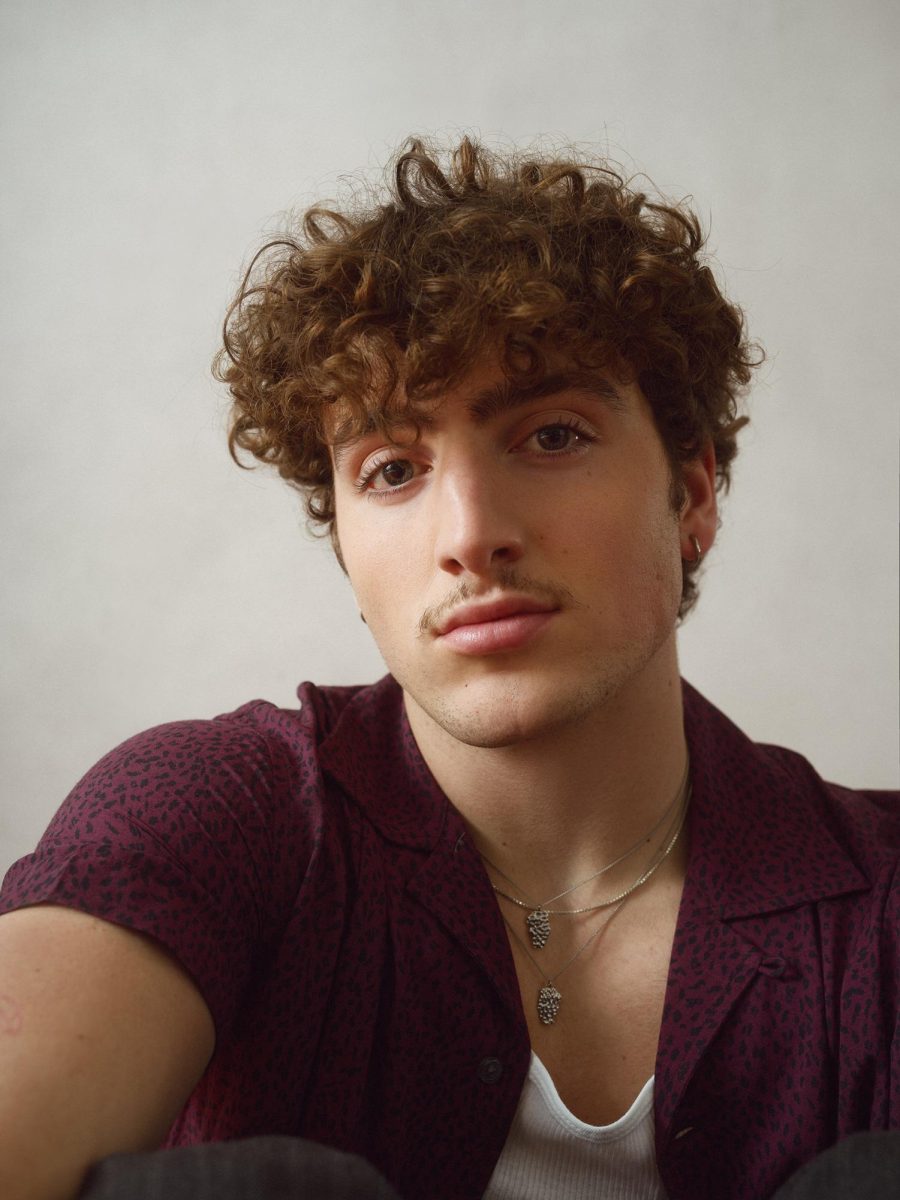
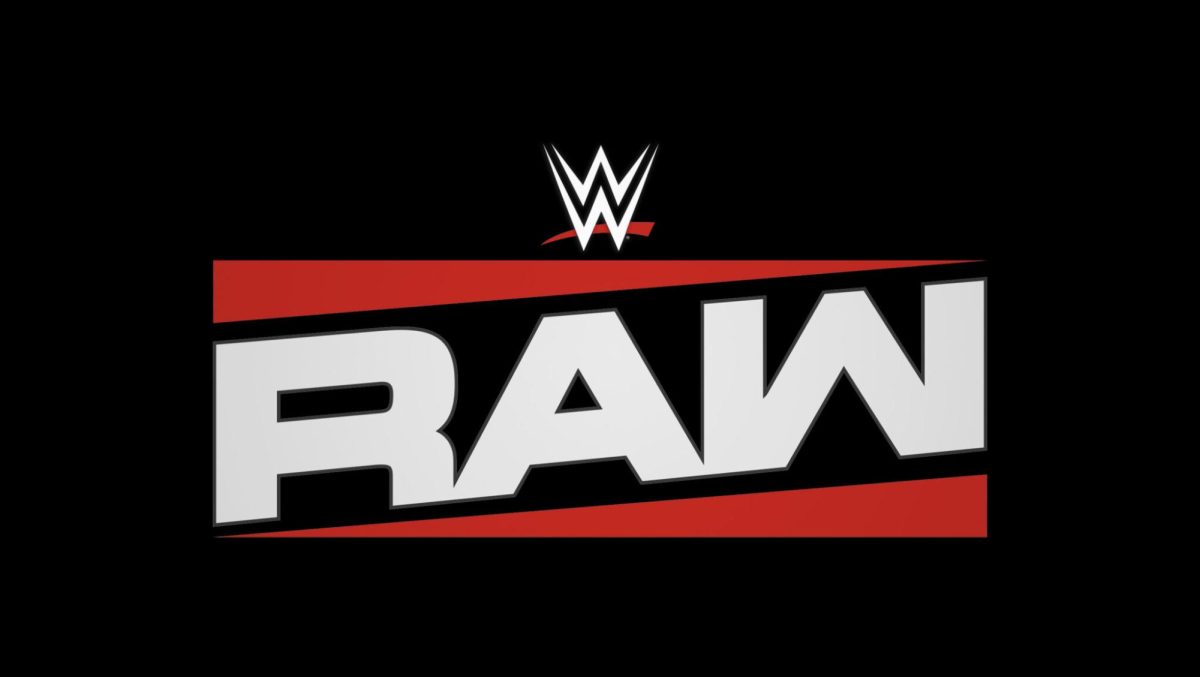



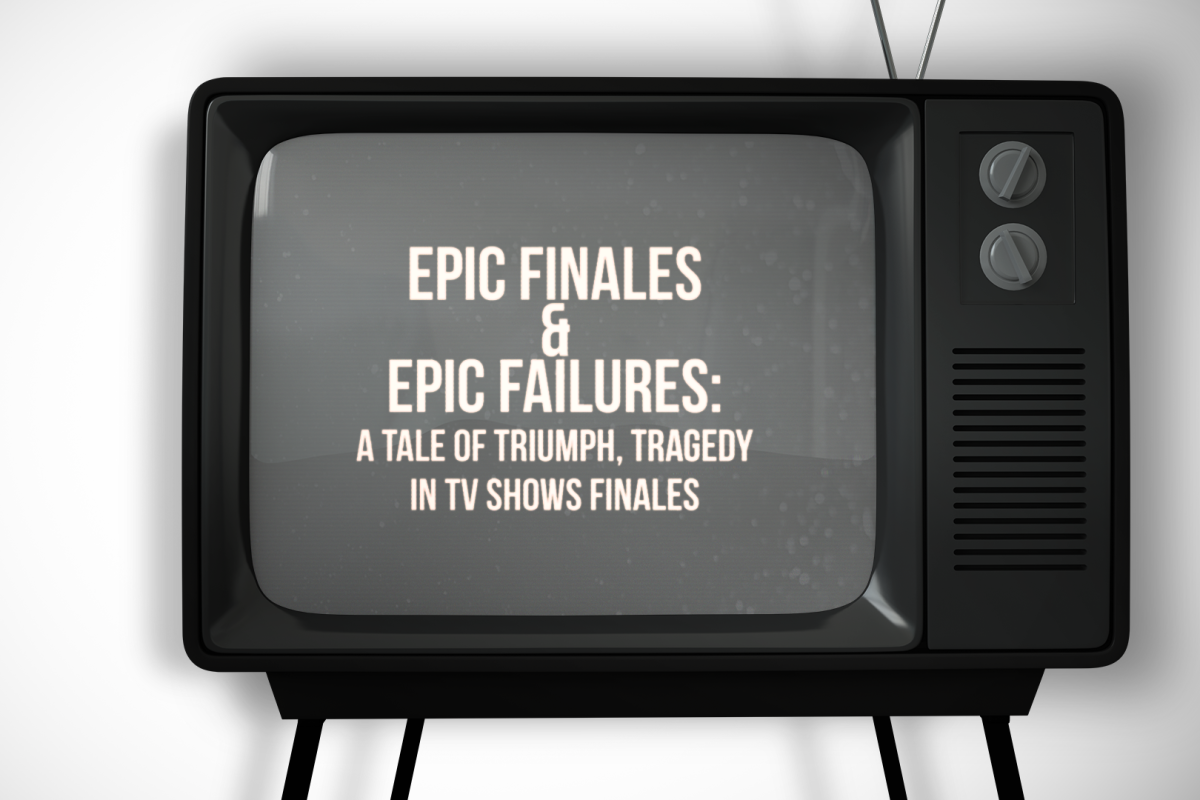
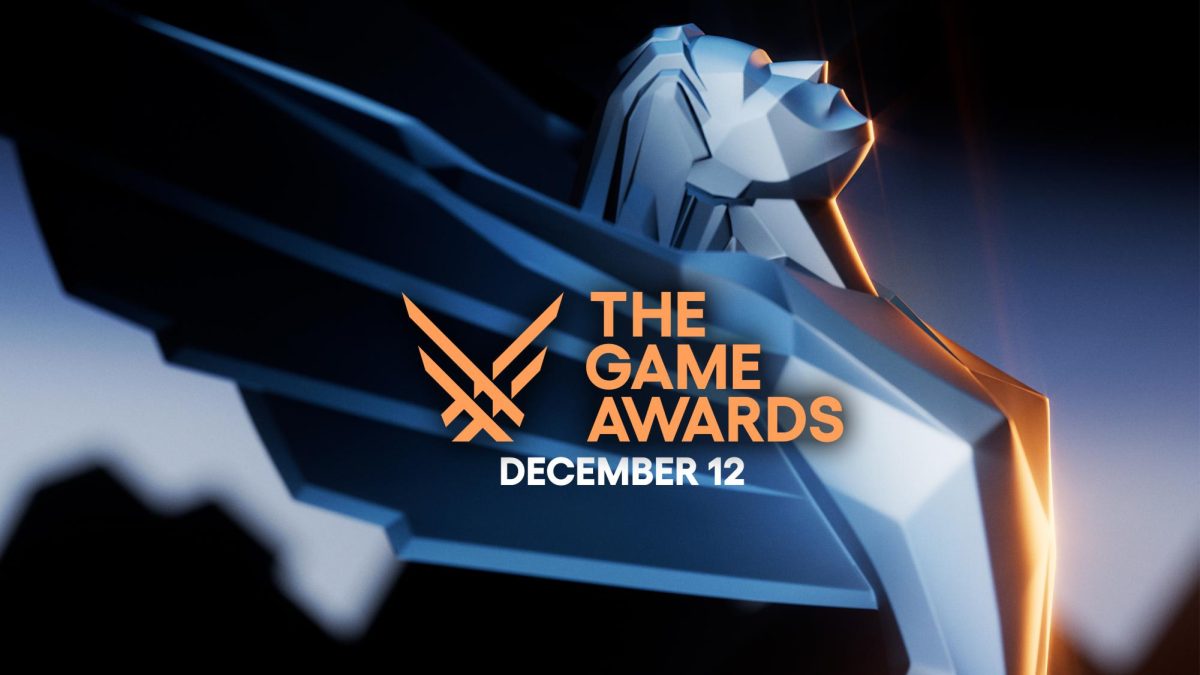
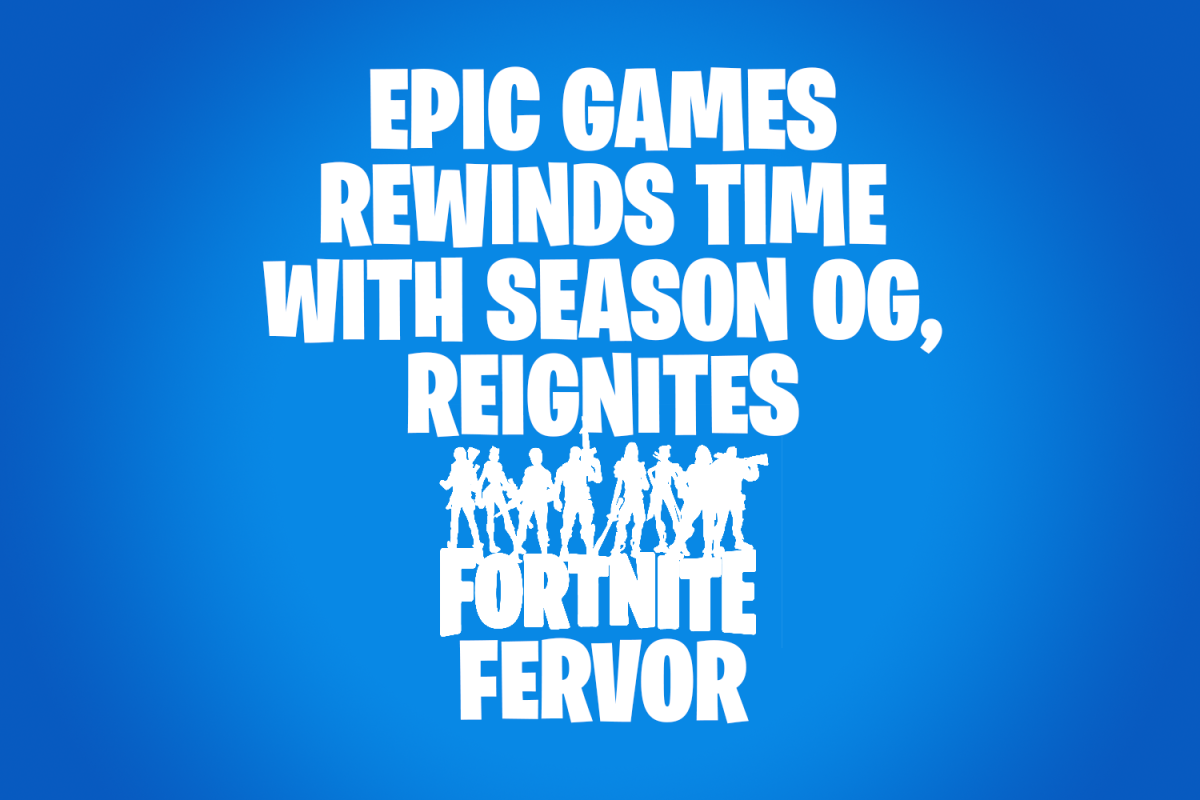
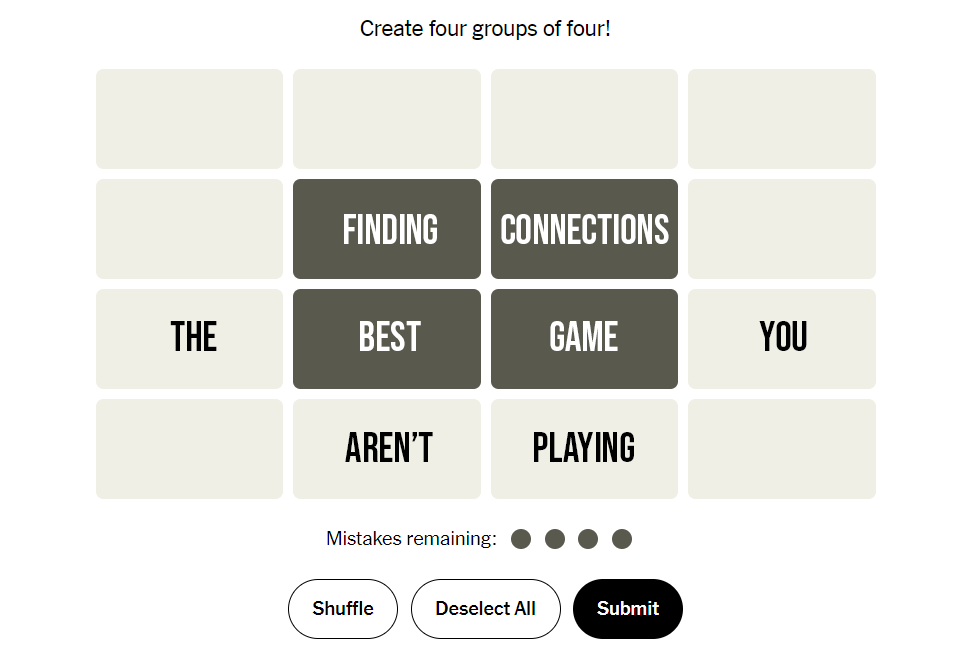
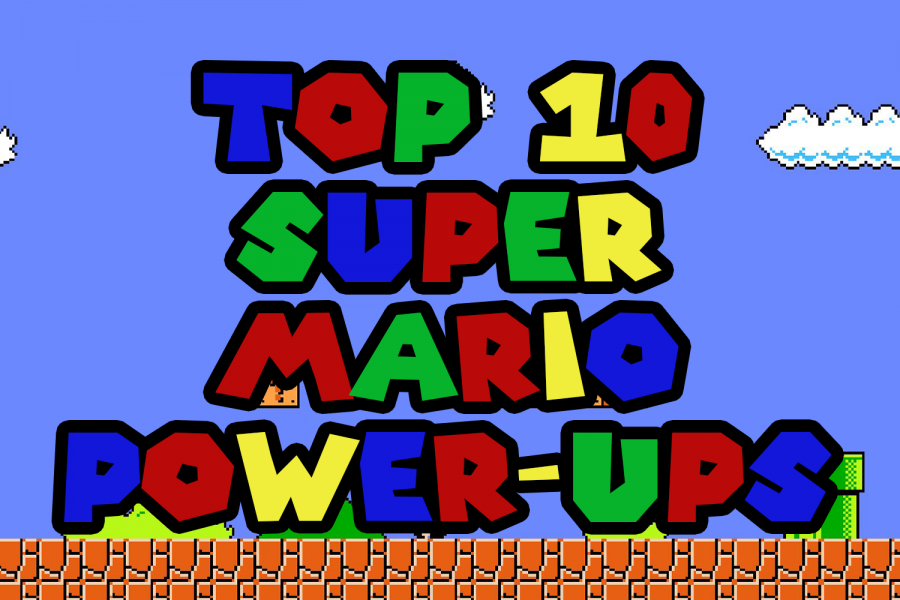
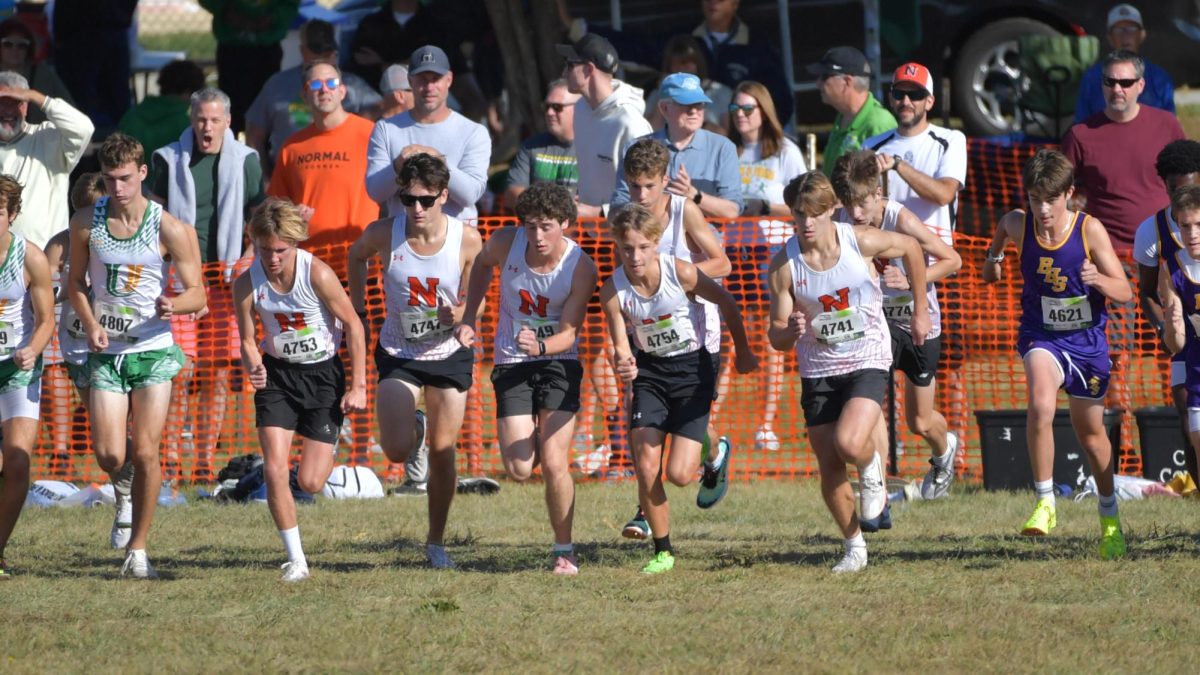
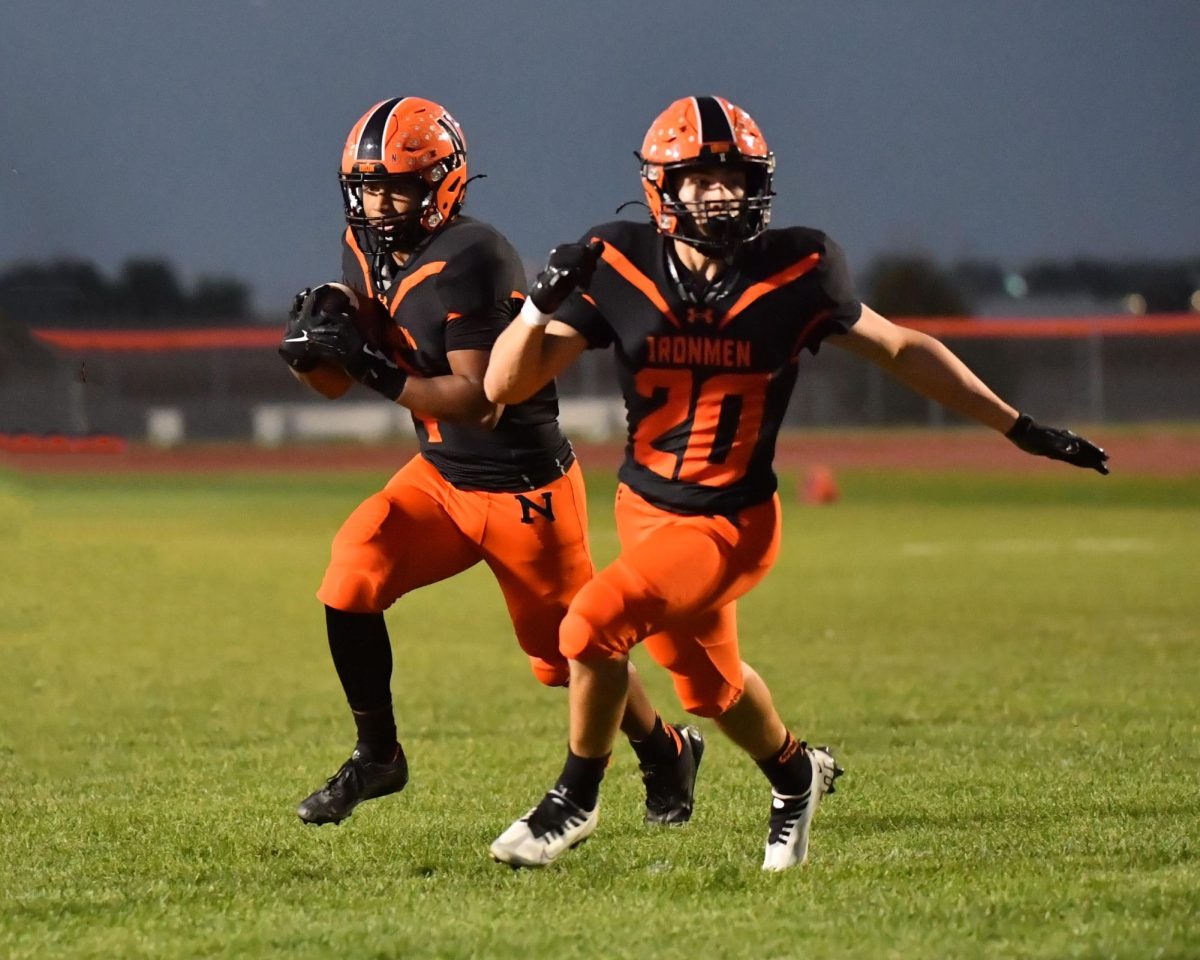
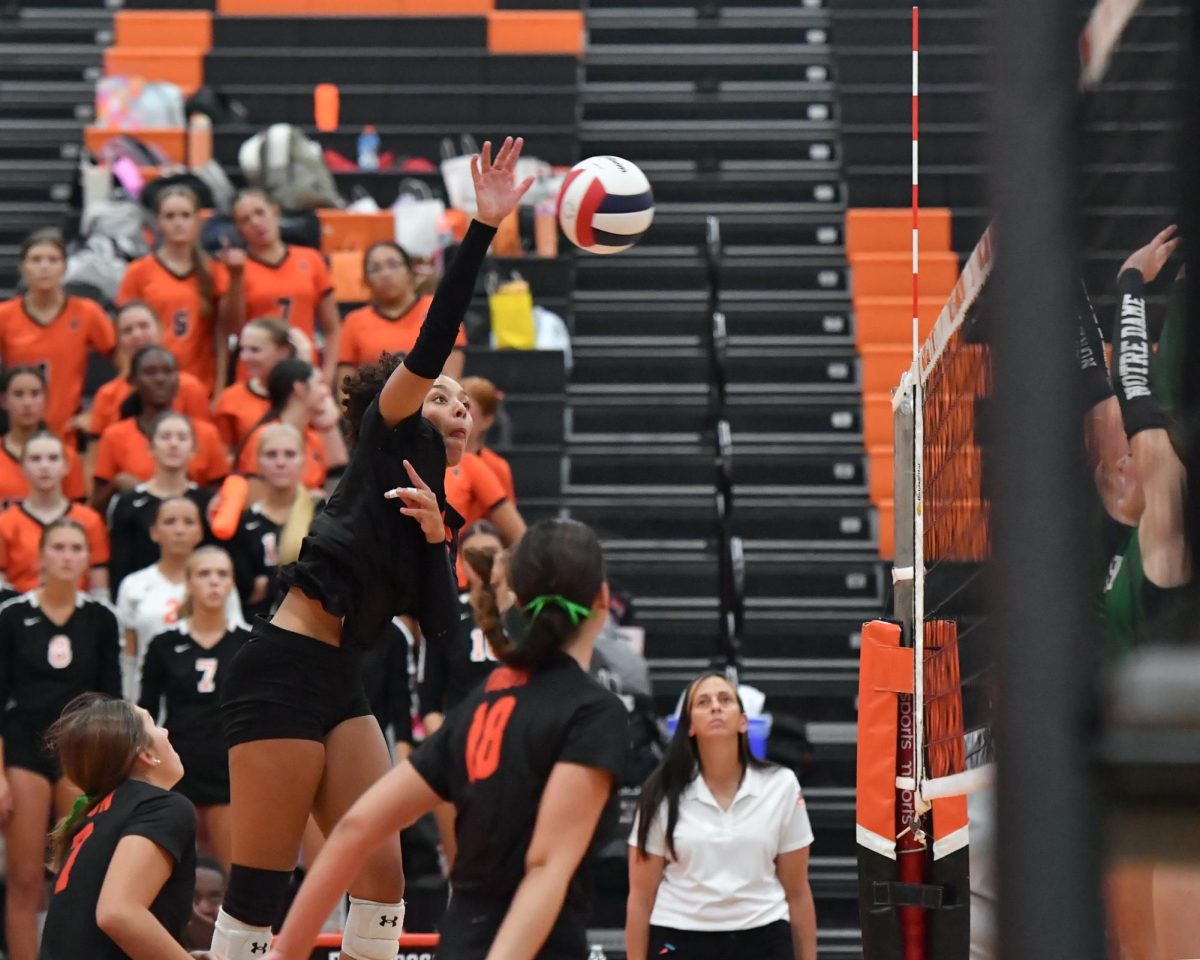
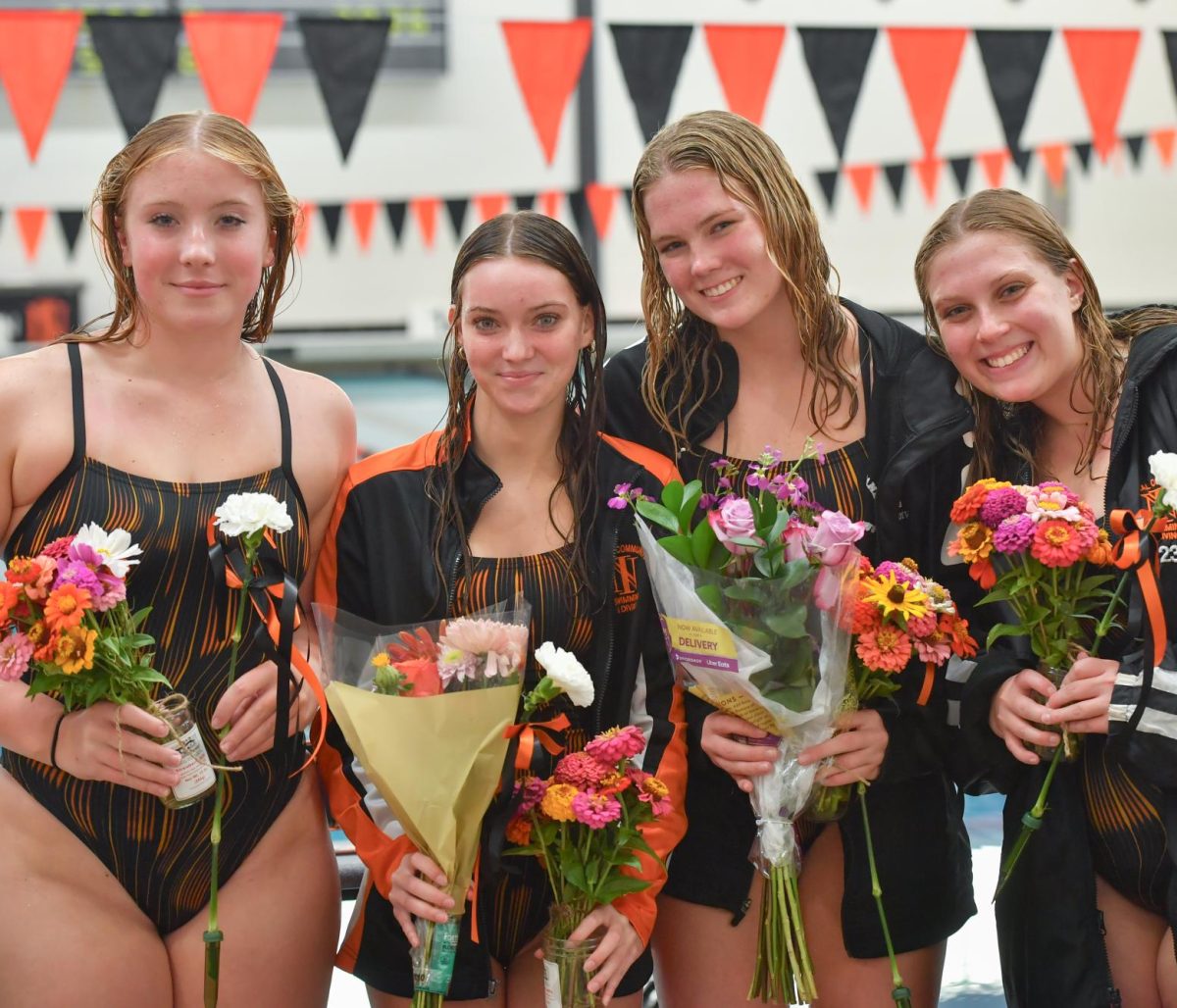
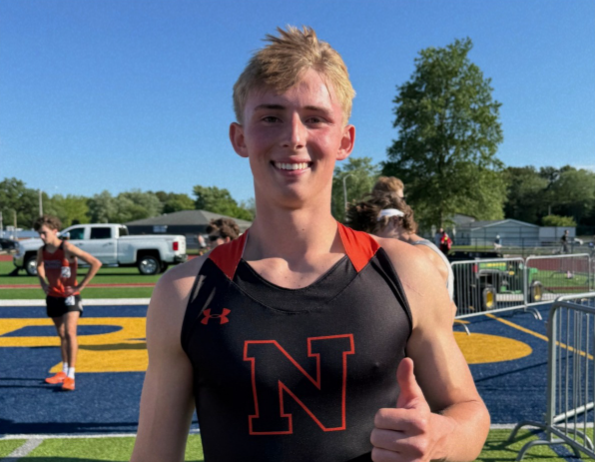
![Week 5: Coach Drengwitz previews the Ironmen’s matchup vs. Peoria Manual, recaps Week 4 [video]](https://nchsinkspot.com/wp-content/uploads/2025/09/Week-5-v-Rams-1200x675.png)

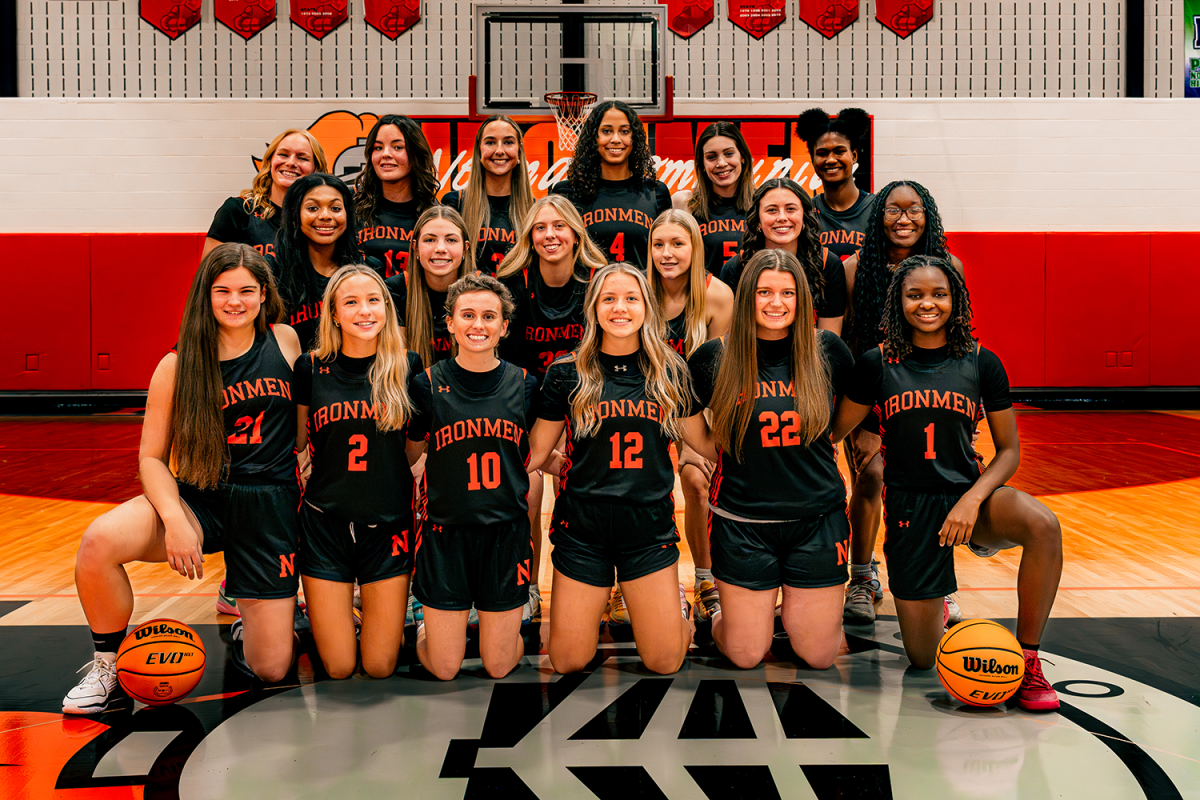
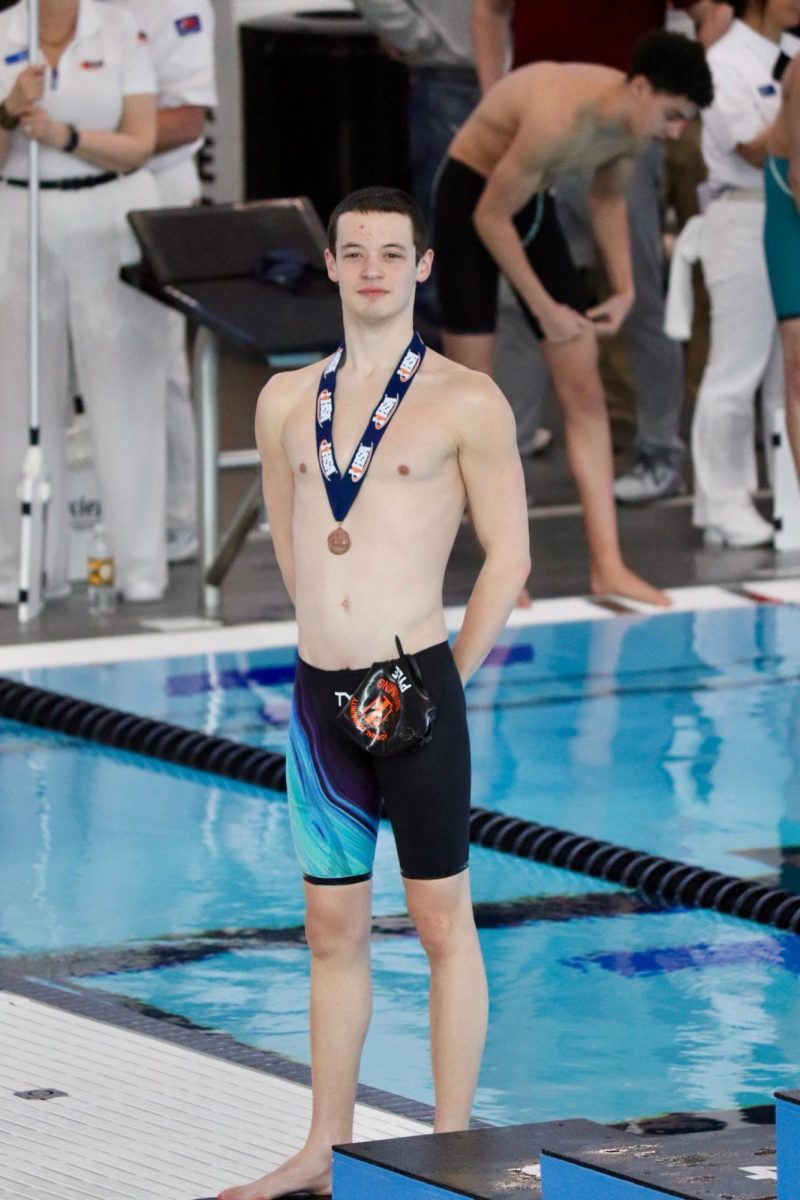

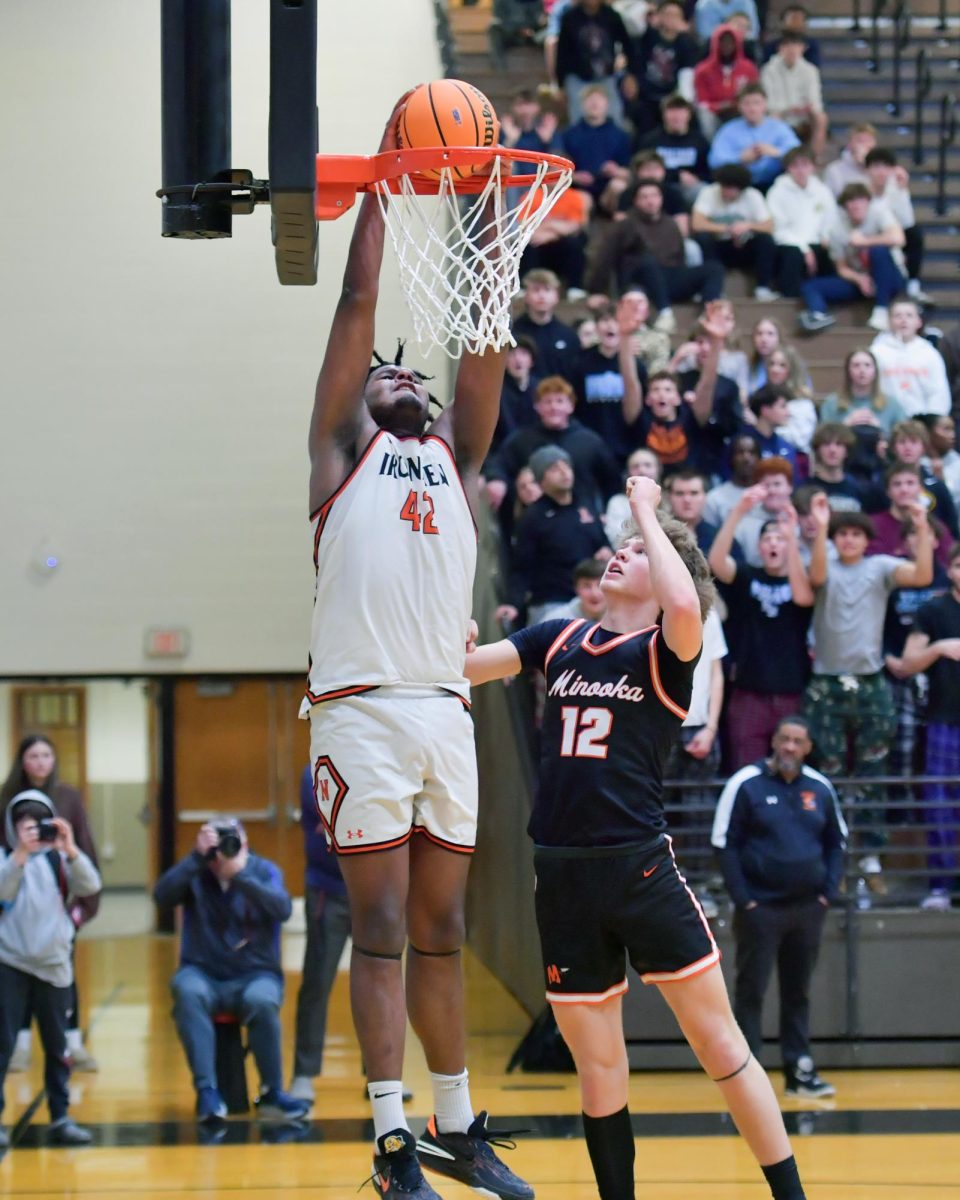
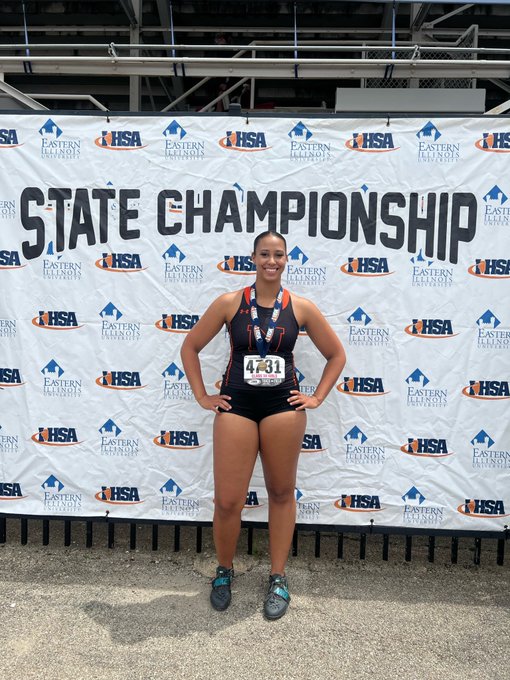
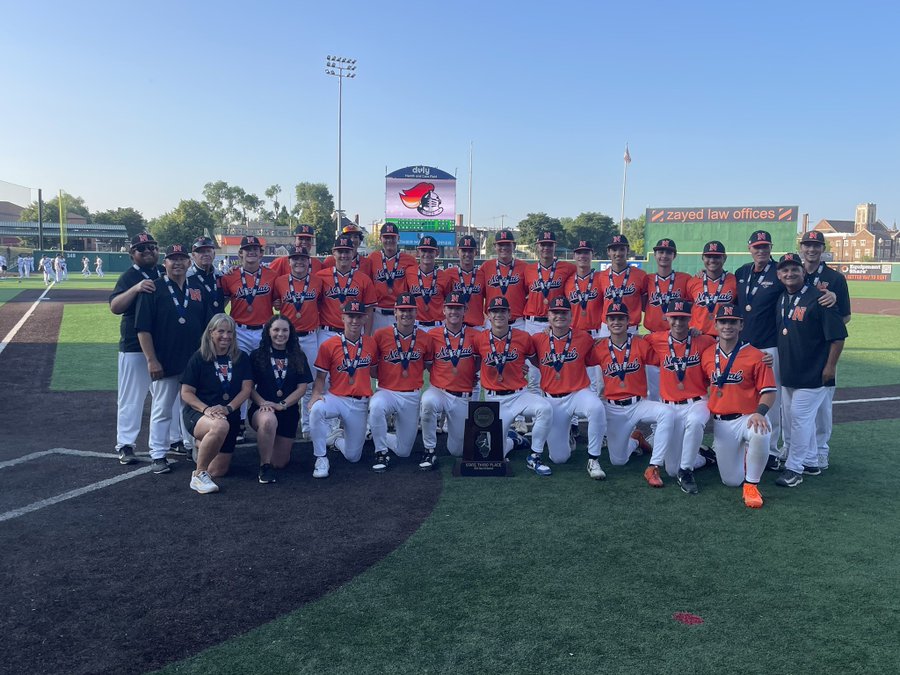

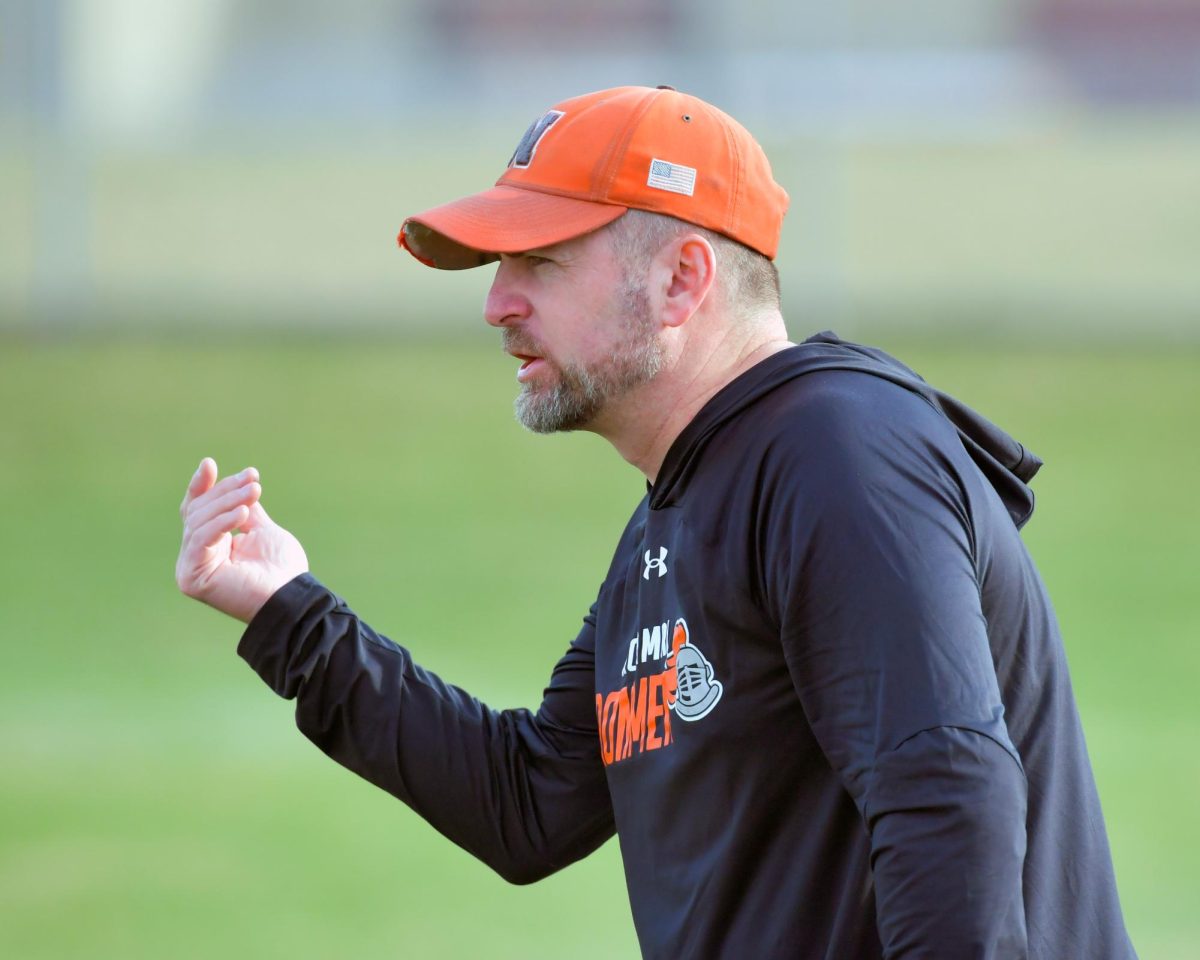

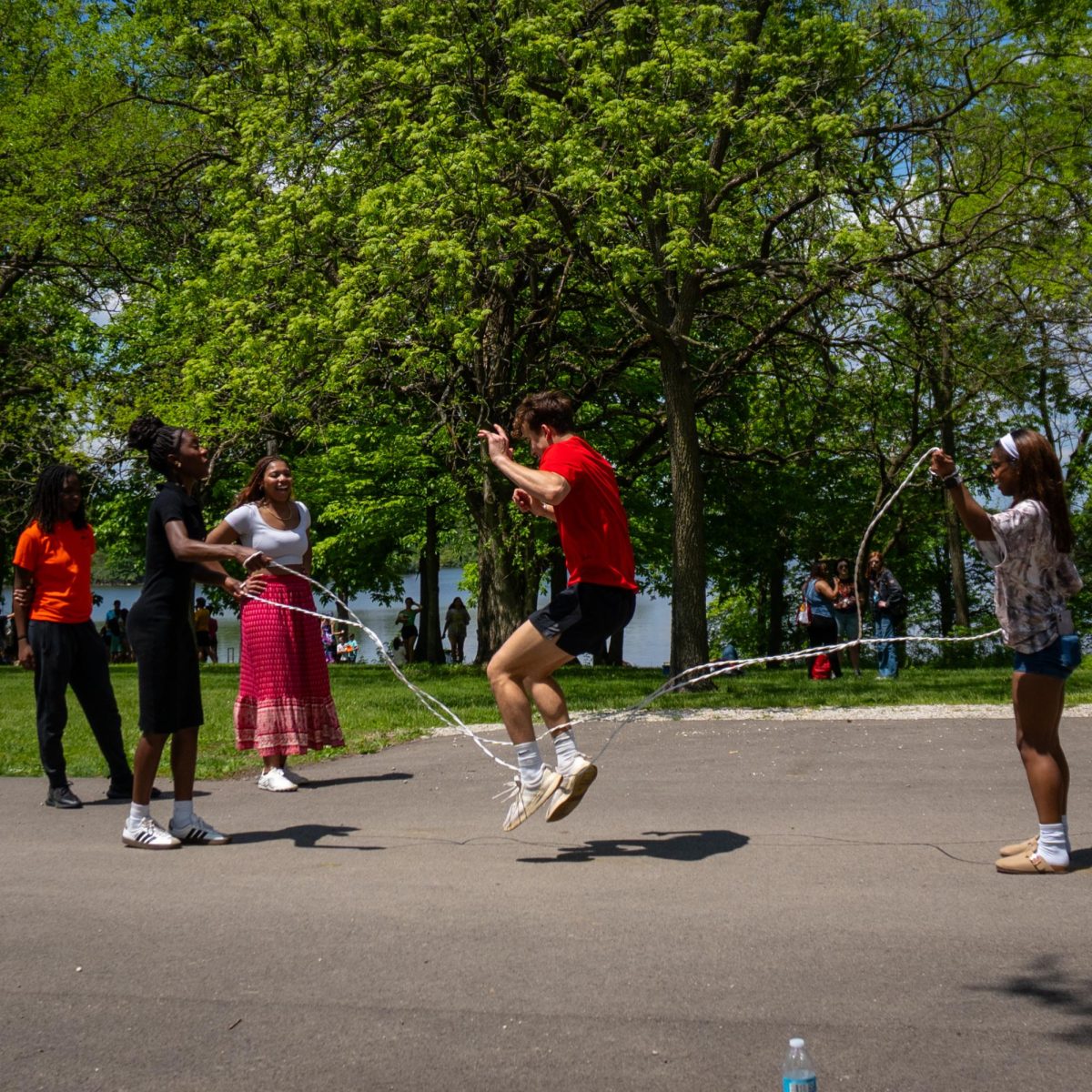
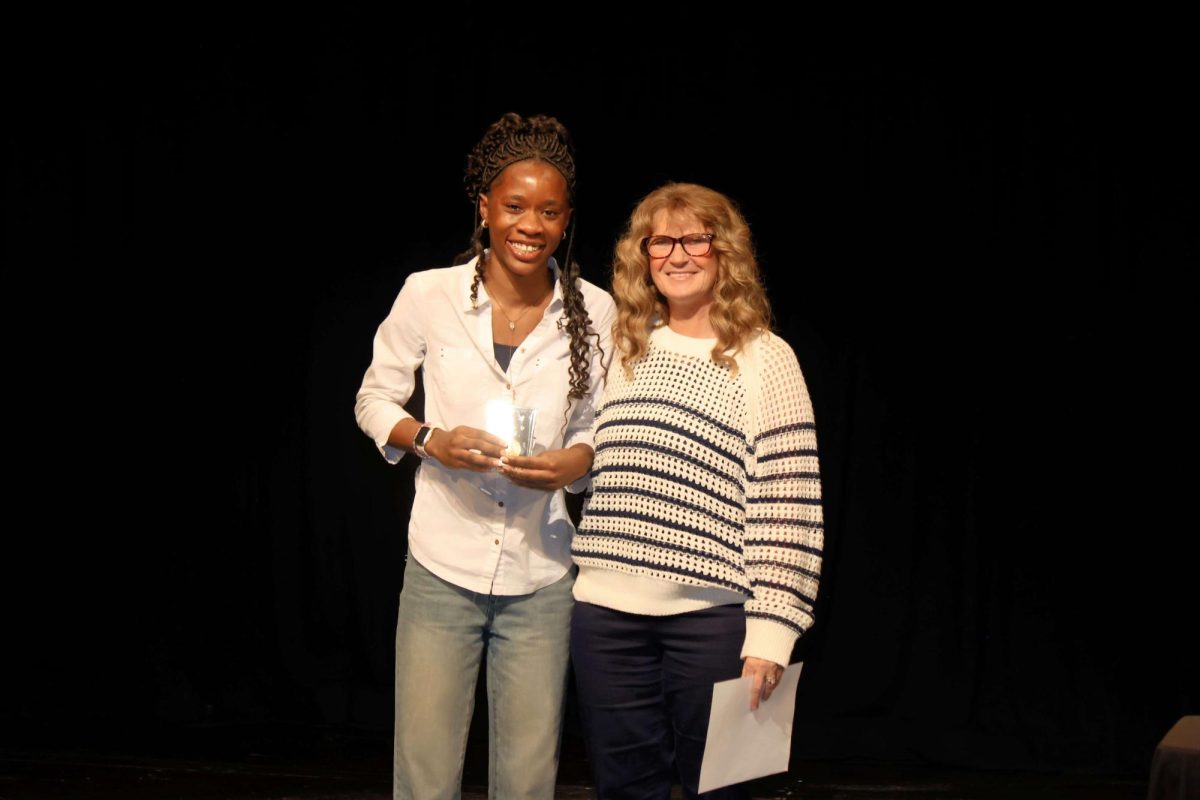

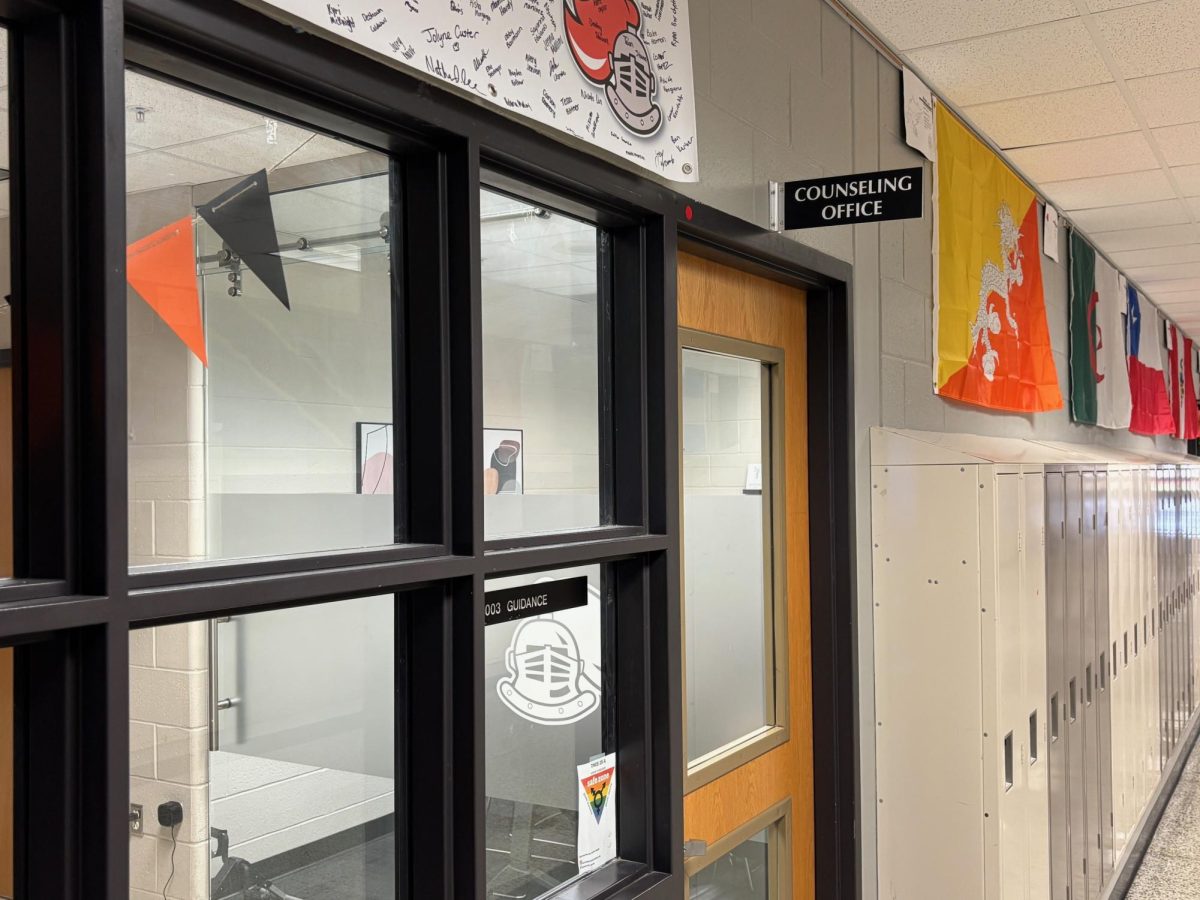
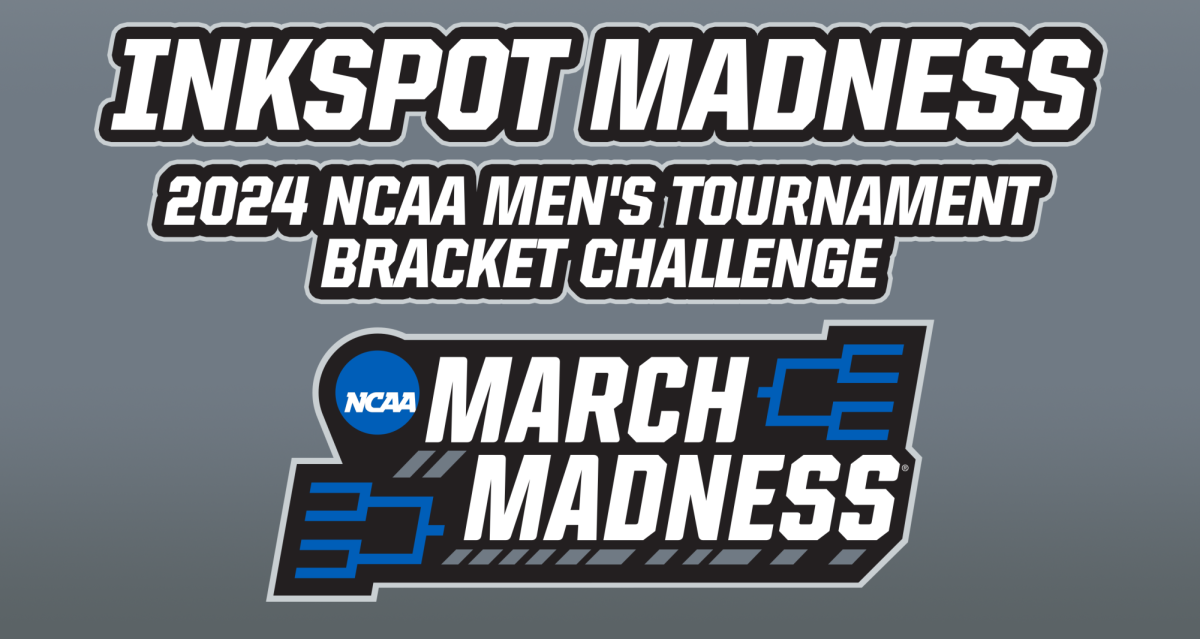
![Halloween candy cross section quiz [quiz]](https://nchsinkspot.com/wp-content/uploads/2022/10/Candy-cover-big-900x675.png)
![Average Jonah? [quiz]](https://nchsinkspot.com/wp-content/uploads/2022/05/average-jonah-900x600.png)

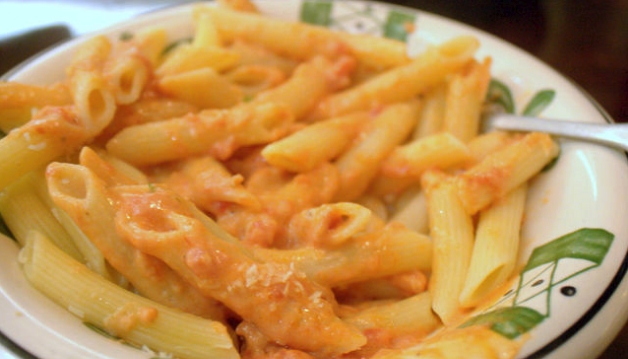
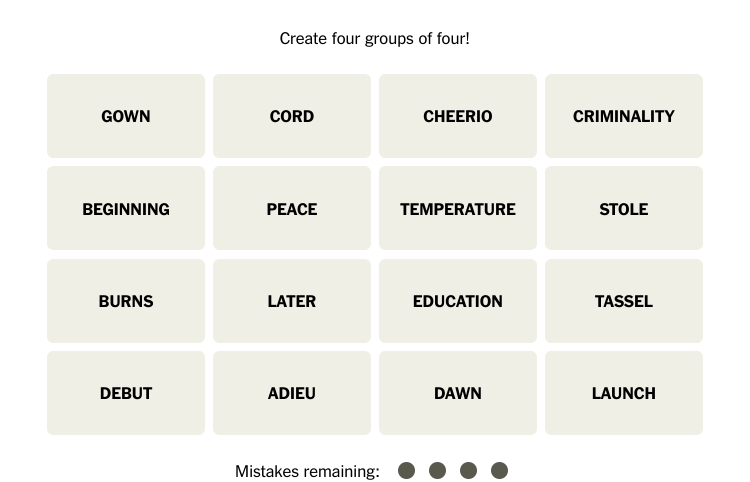
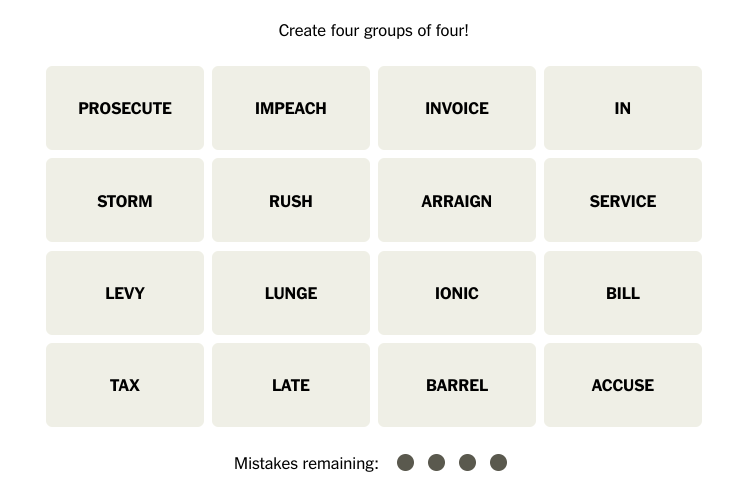
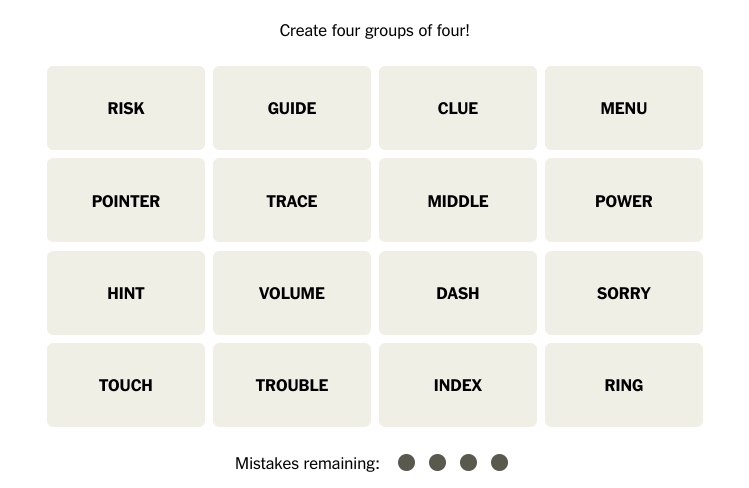
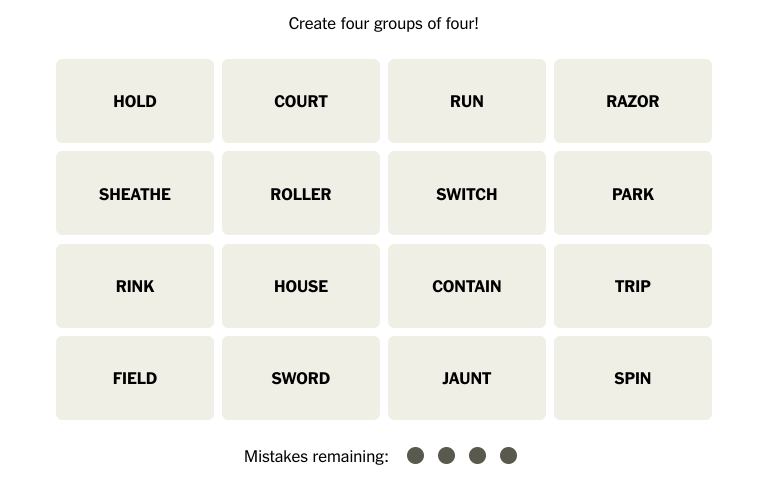

![[Photo Illustration]](https://nchsinkspot.com/wp-content/uploads/2025/09/trigger-words.png)

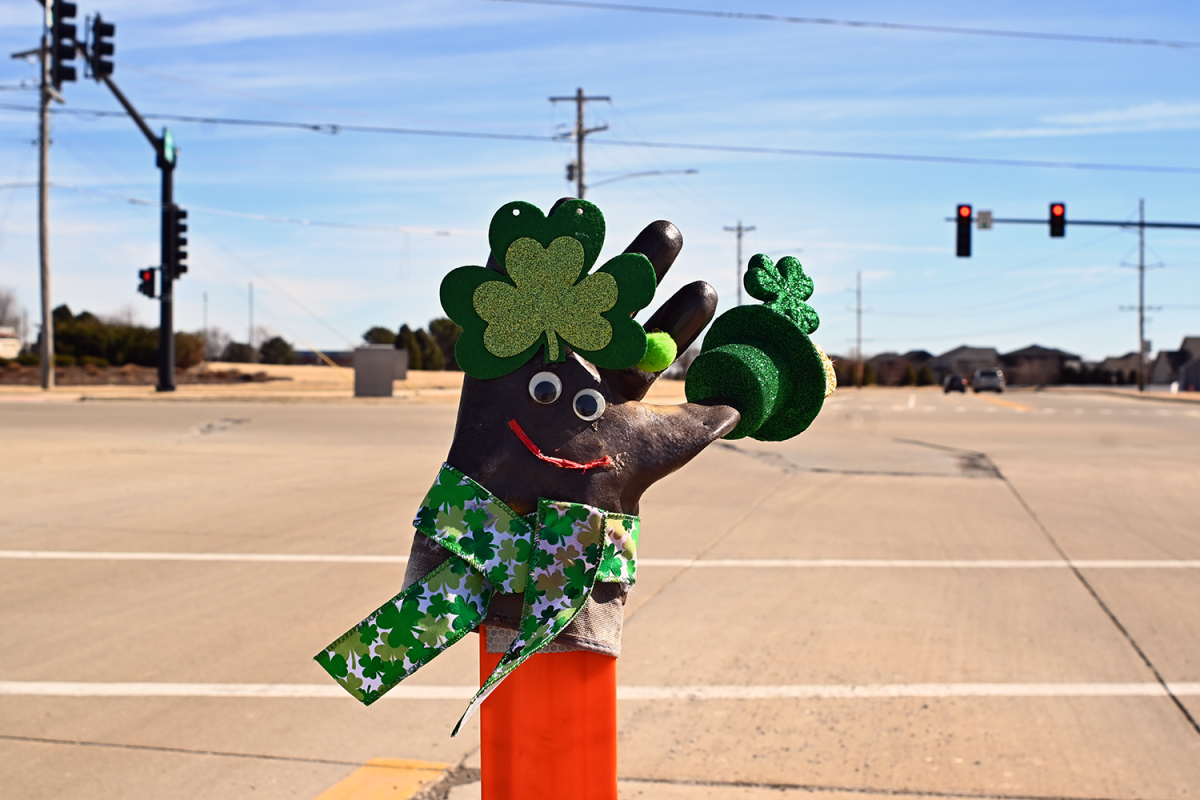



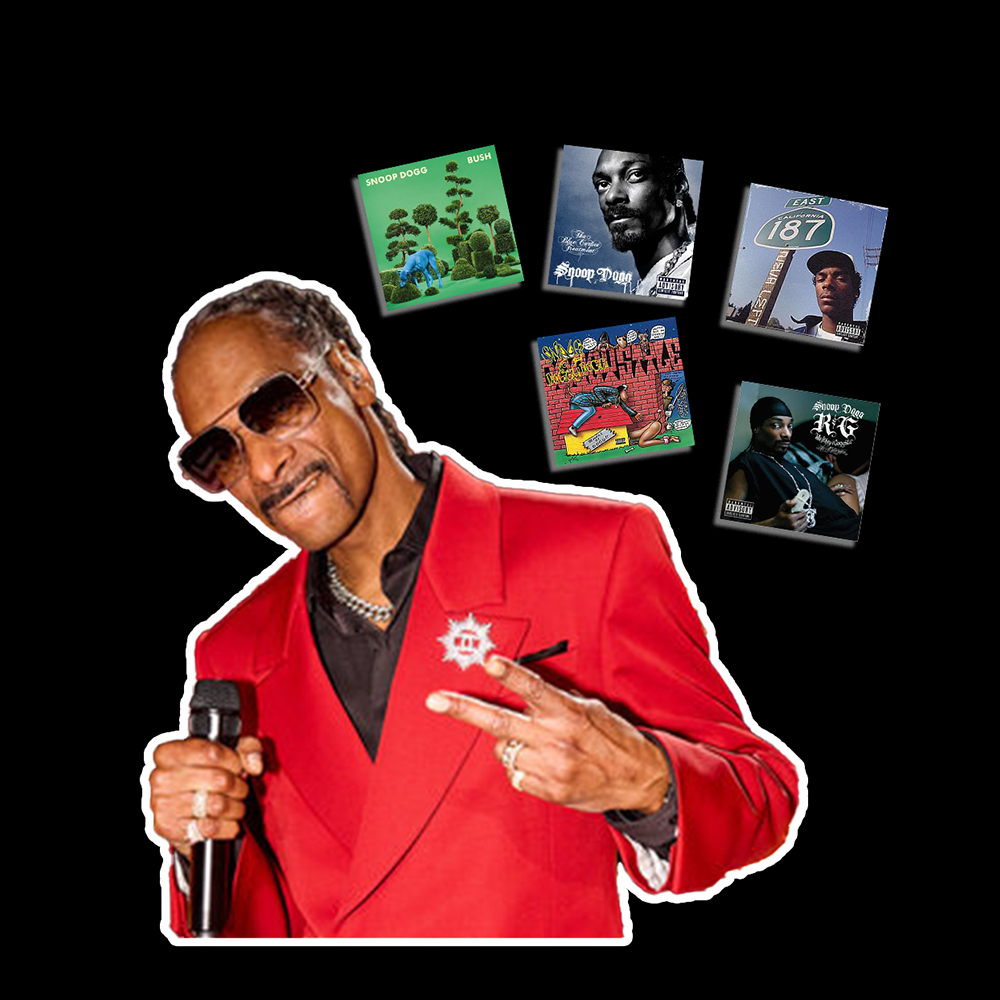




![Postgame reaction: Coach Drengwitz on Community’s 28-17 Loss to Kankakee [video]](https://nchsinkspot.com/wp-content/uploads/2025/09/Week-4-postgame--1200x675.png)
![Week 4: Coach Drengwitz previews the Ironmen’s matchup vs. Kankakee [video]](https://nchsinkspot.com/wp-content/uploads/2025/09/Ironmen-v-Kankakee-video-1200x1200.png)
![Week 3: Coach Drengwitz previews the Ironmen’s matchup vs. Urbana [video]](https://nchsinkspot.com/wp-content/uploads/2025/09/week-3-web-1200x1200.png)

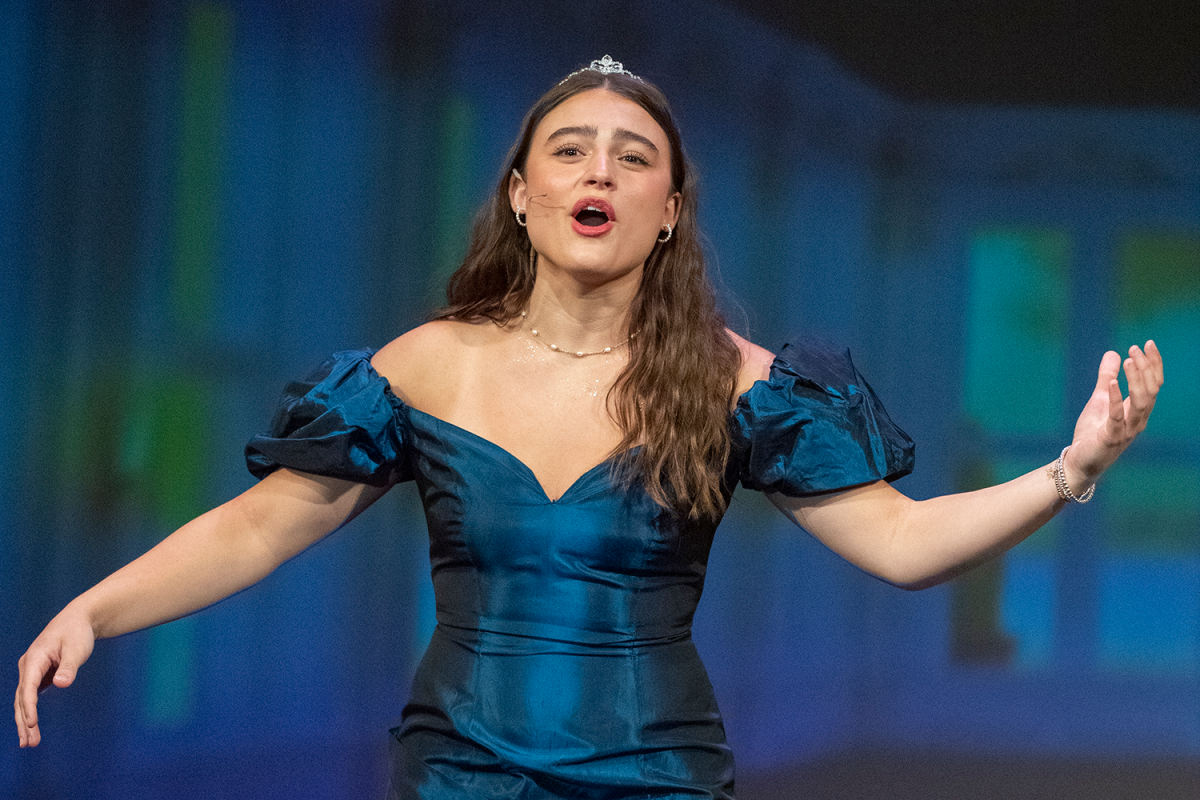


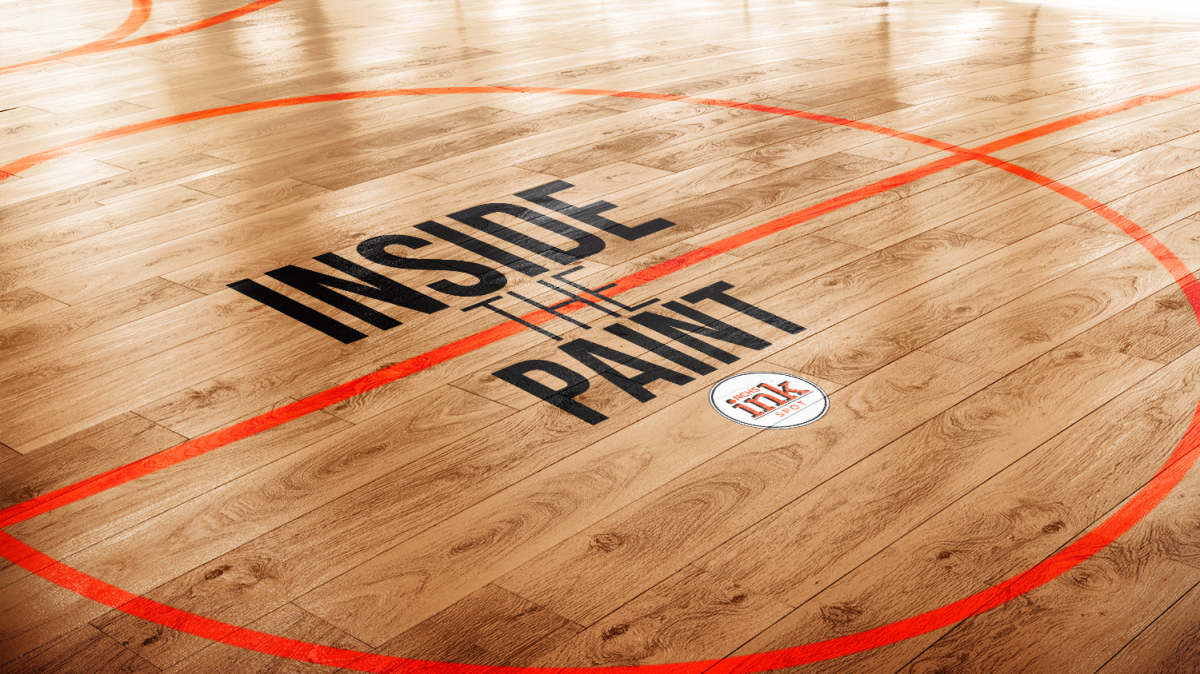
![On the Spot: This or That – Halloween [video]](https://nchsinkspot.com/wp-content/uploads/2024/10/tot-Halloween-YT-1200x675.png)
![On the Spot: This or That – Fall favorites [video]](https://nchsinkspot.com/wp-content/uploads/2024/10/ots-fall-web-1200x800.png)
![On the Spot – Teachers tested on 2023’s hottest words [video]](https://nchsinkspot.com/wp-content/uploads/2024/01/On-the-Spot-Teachers-tested-1200x675.png)


